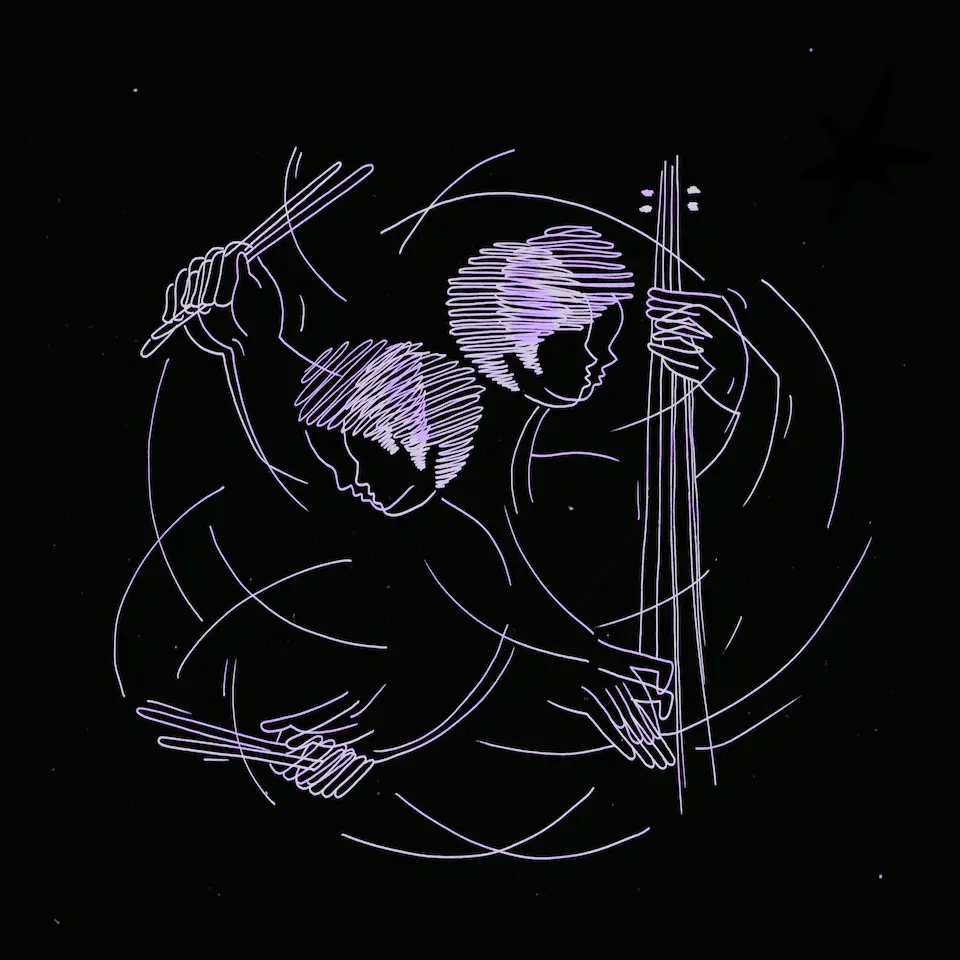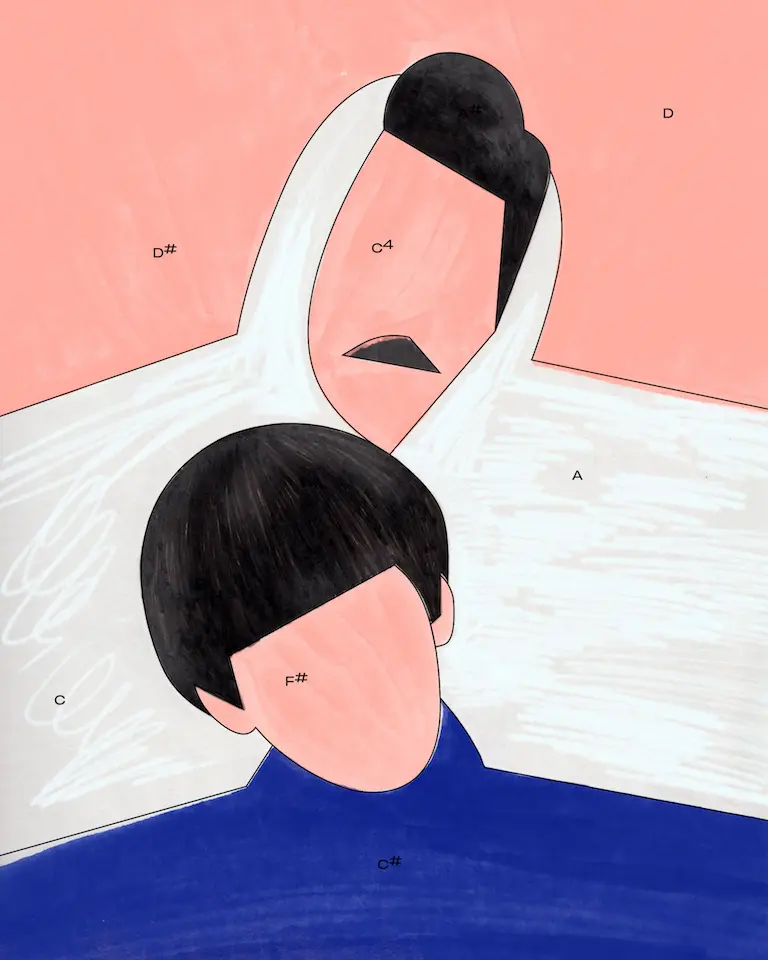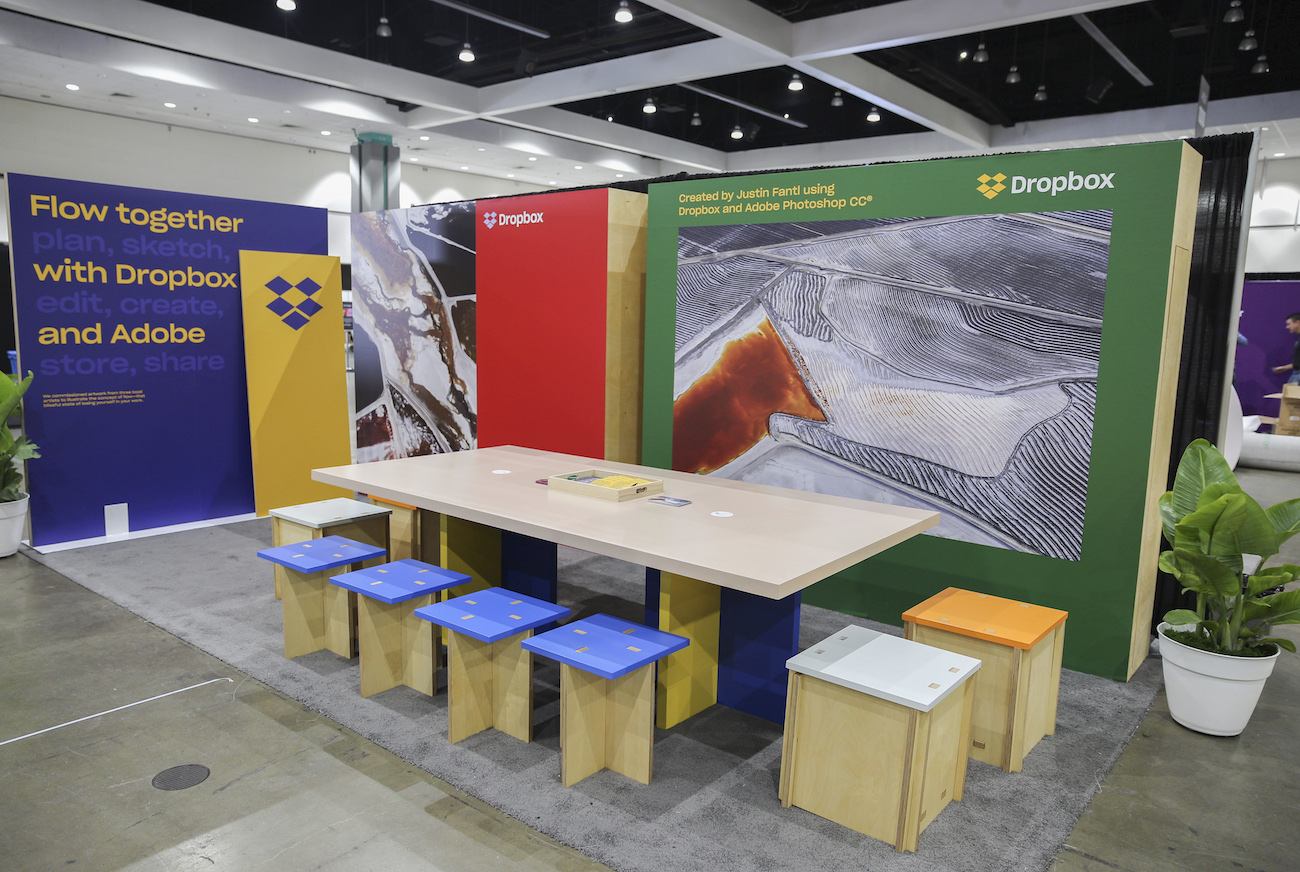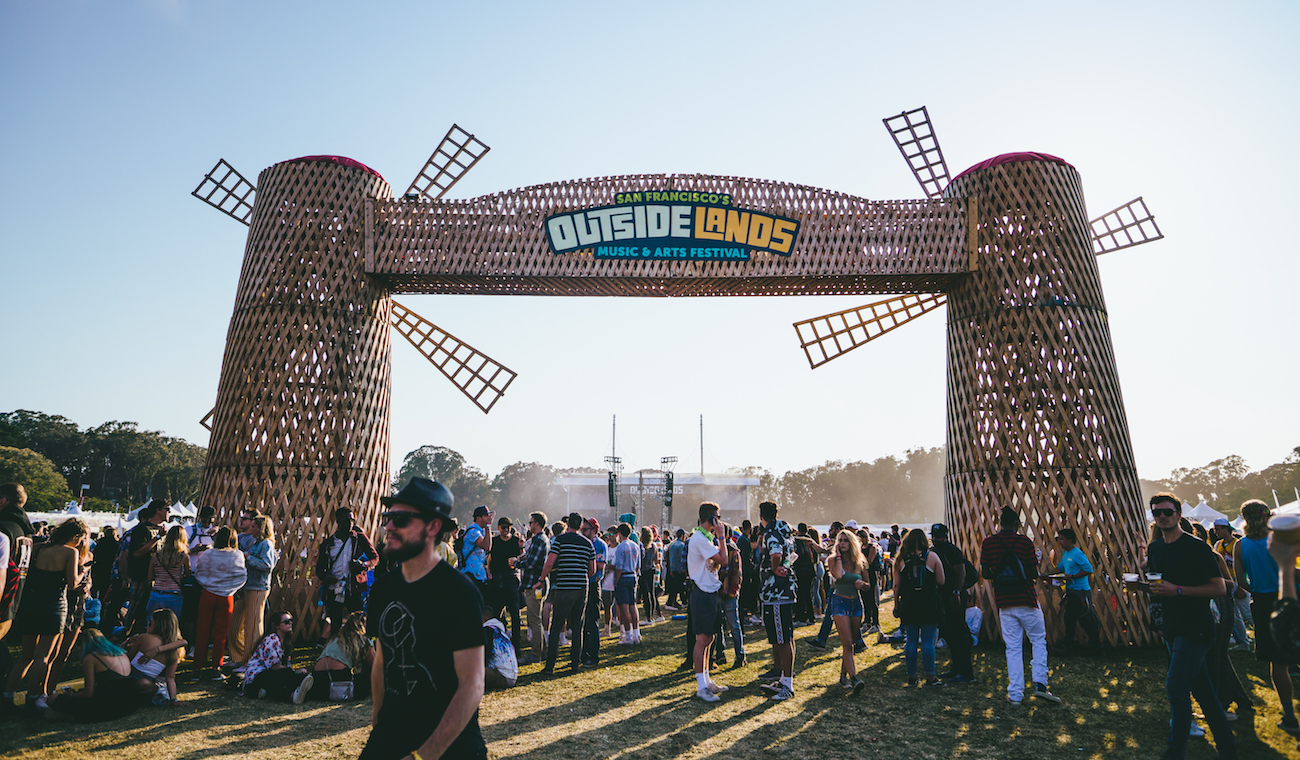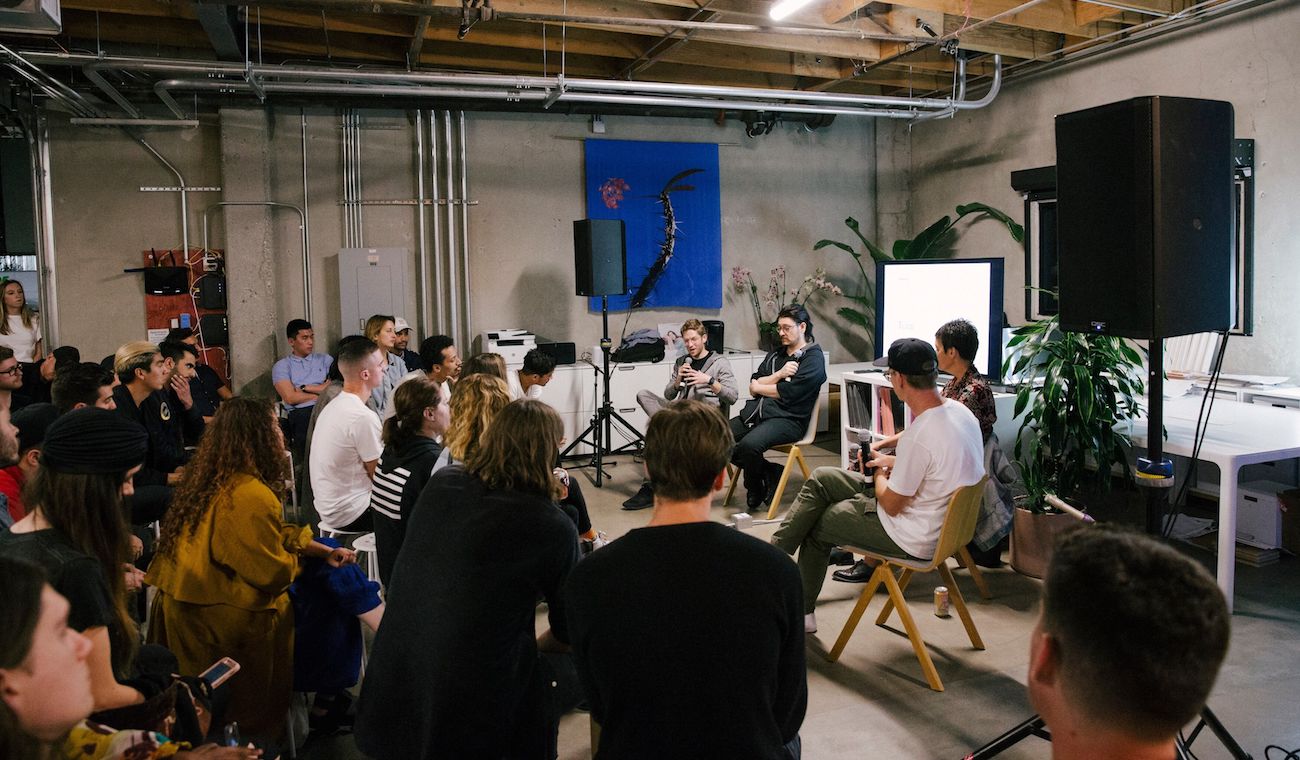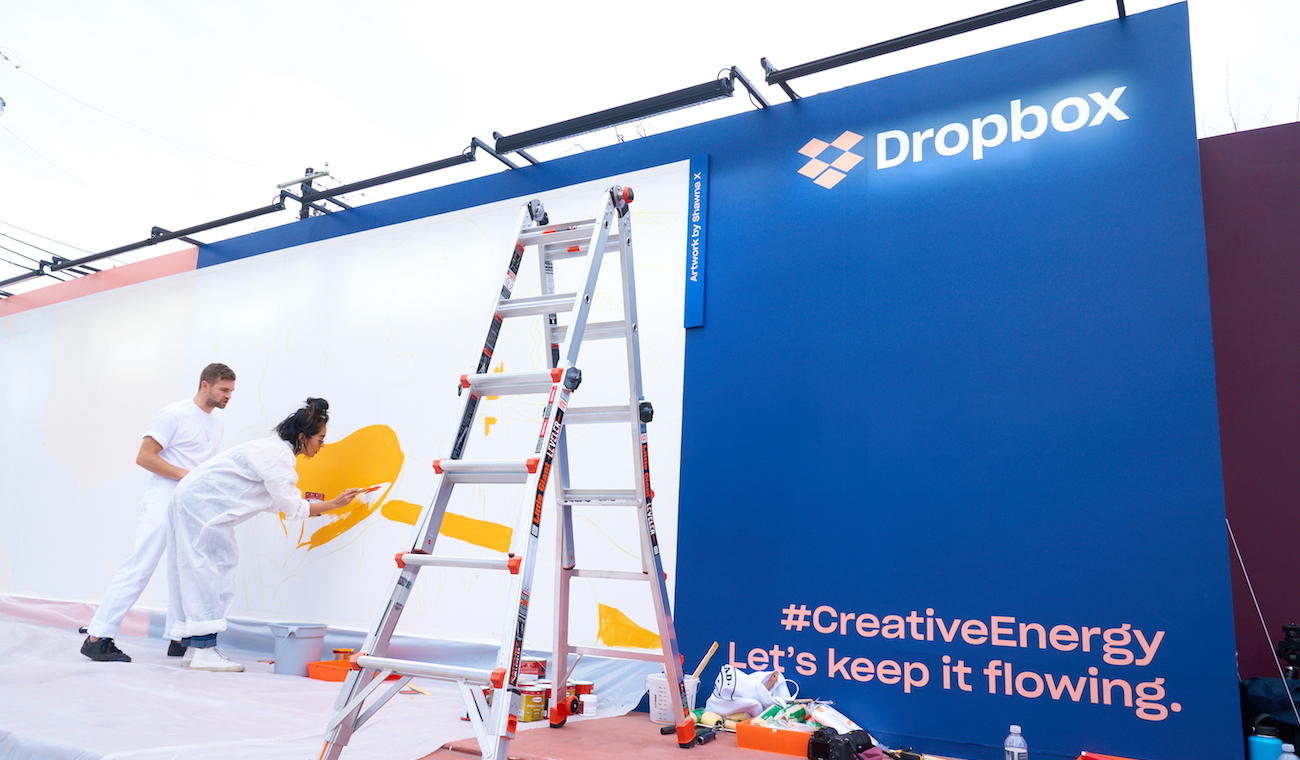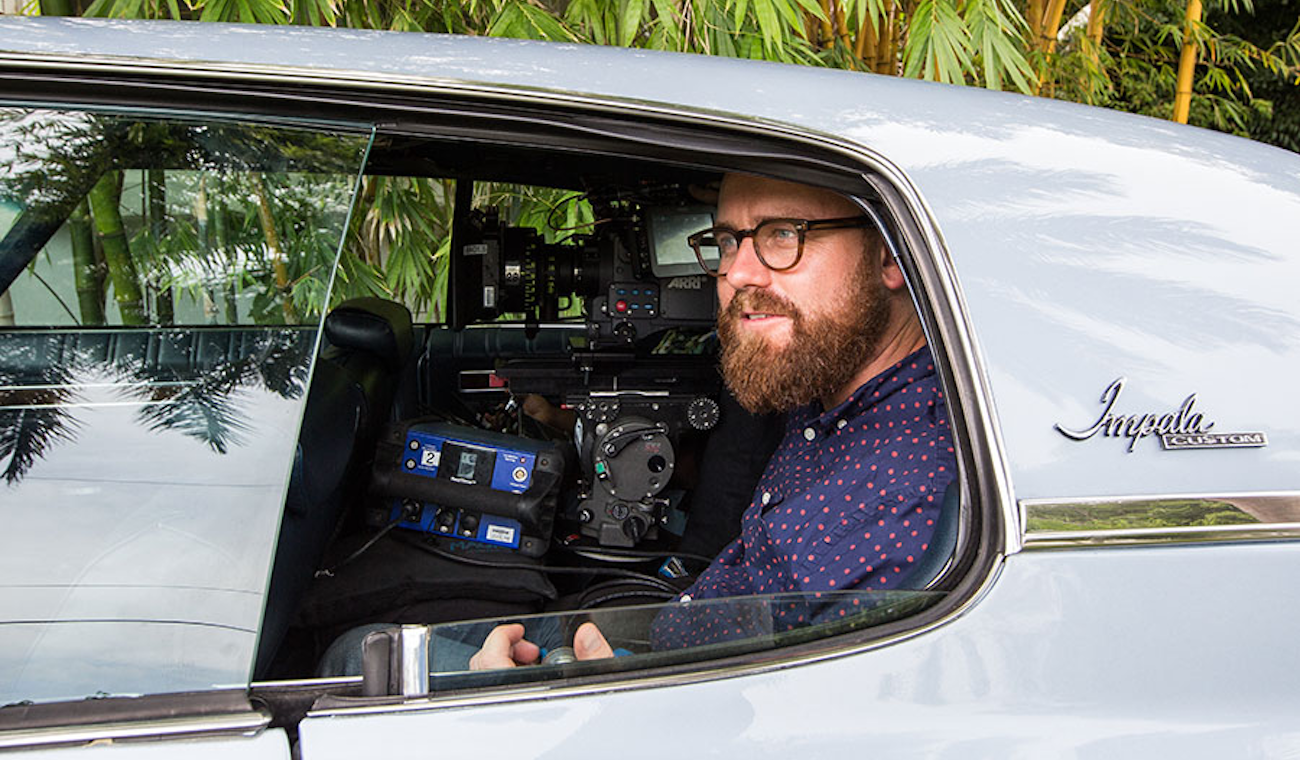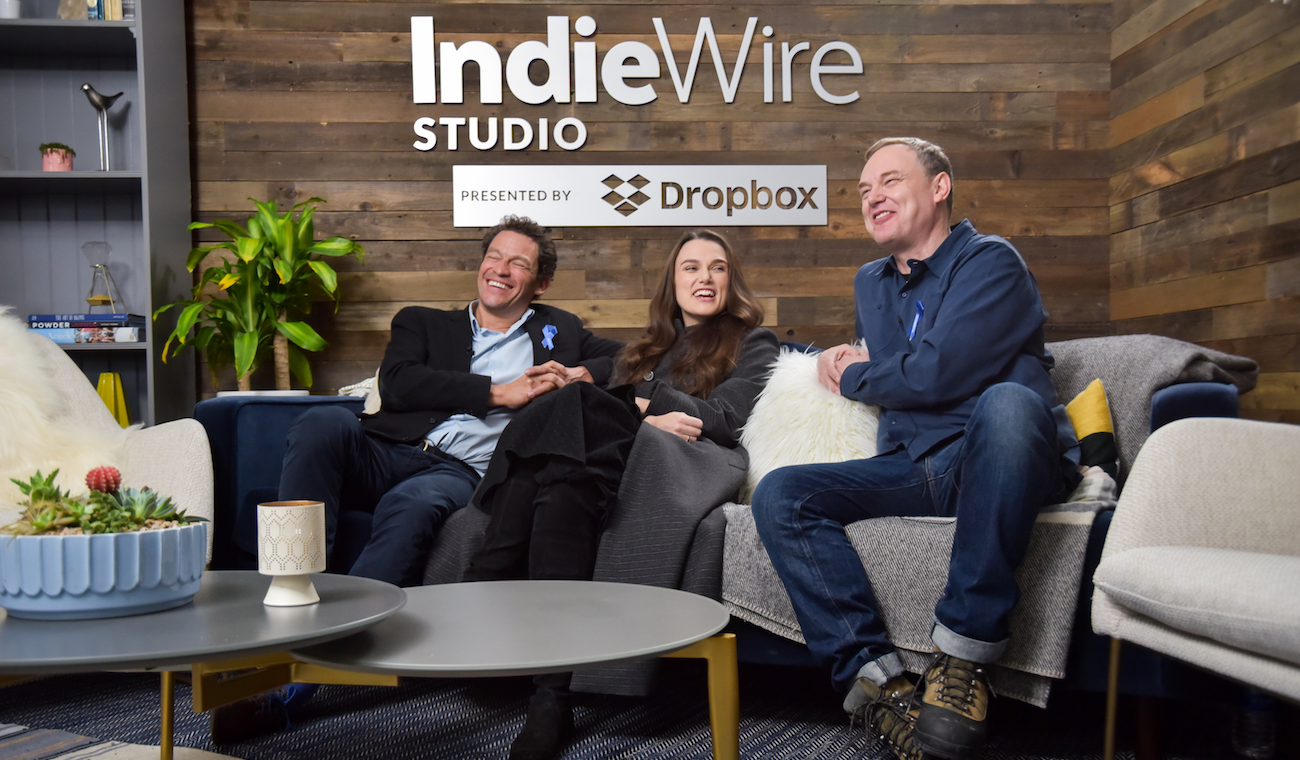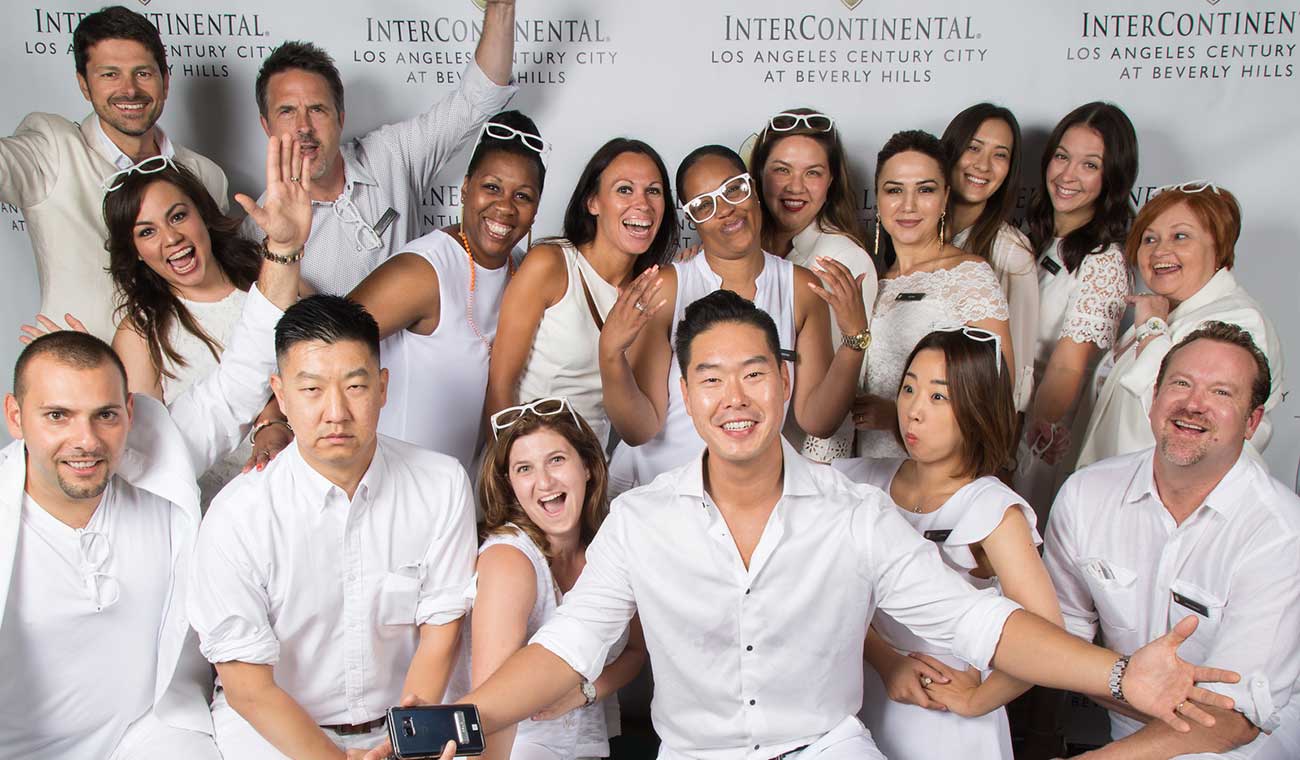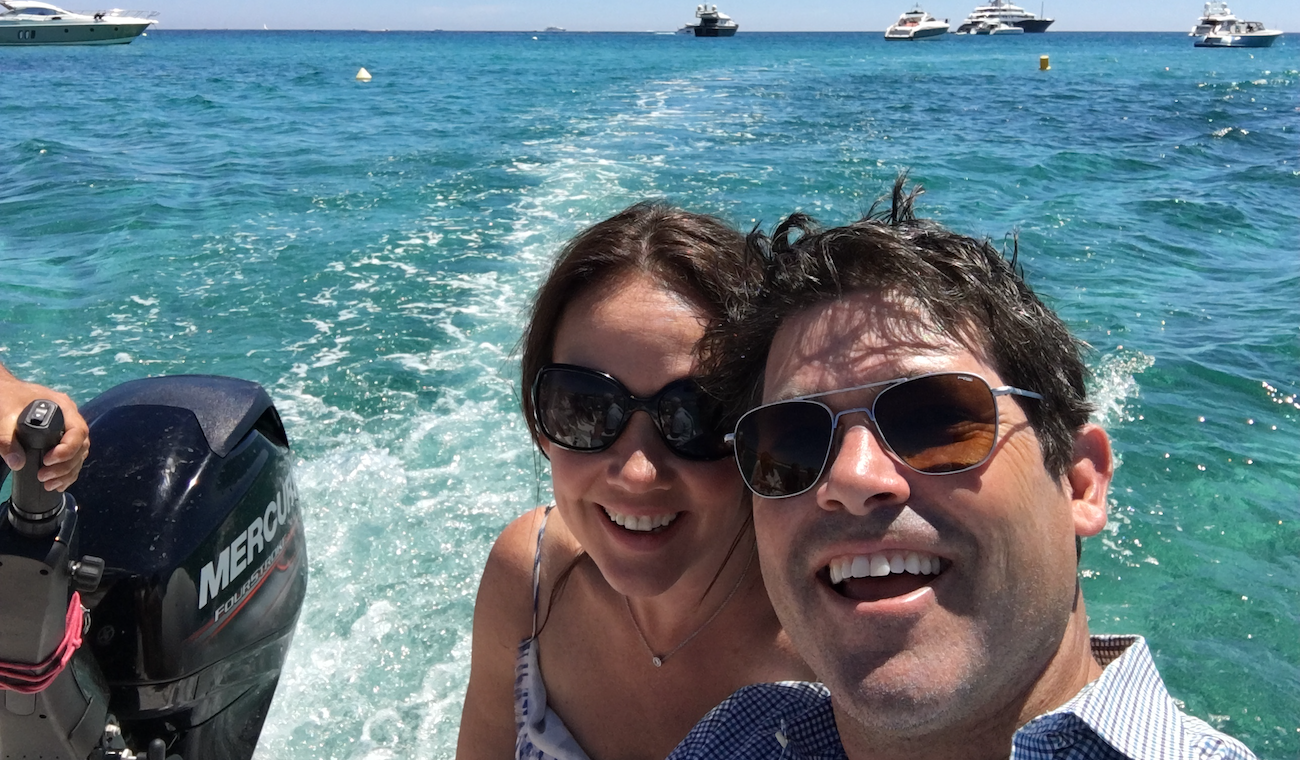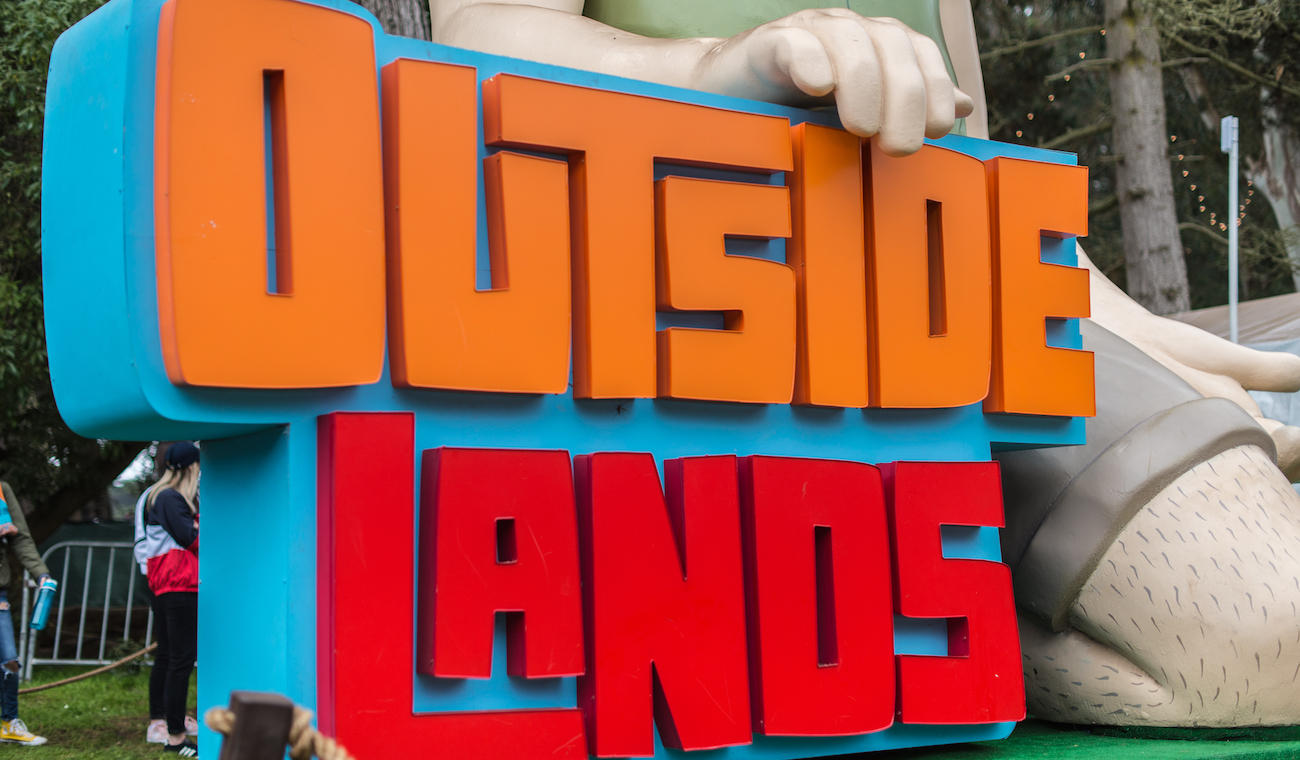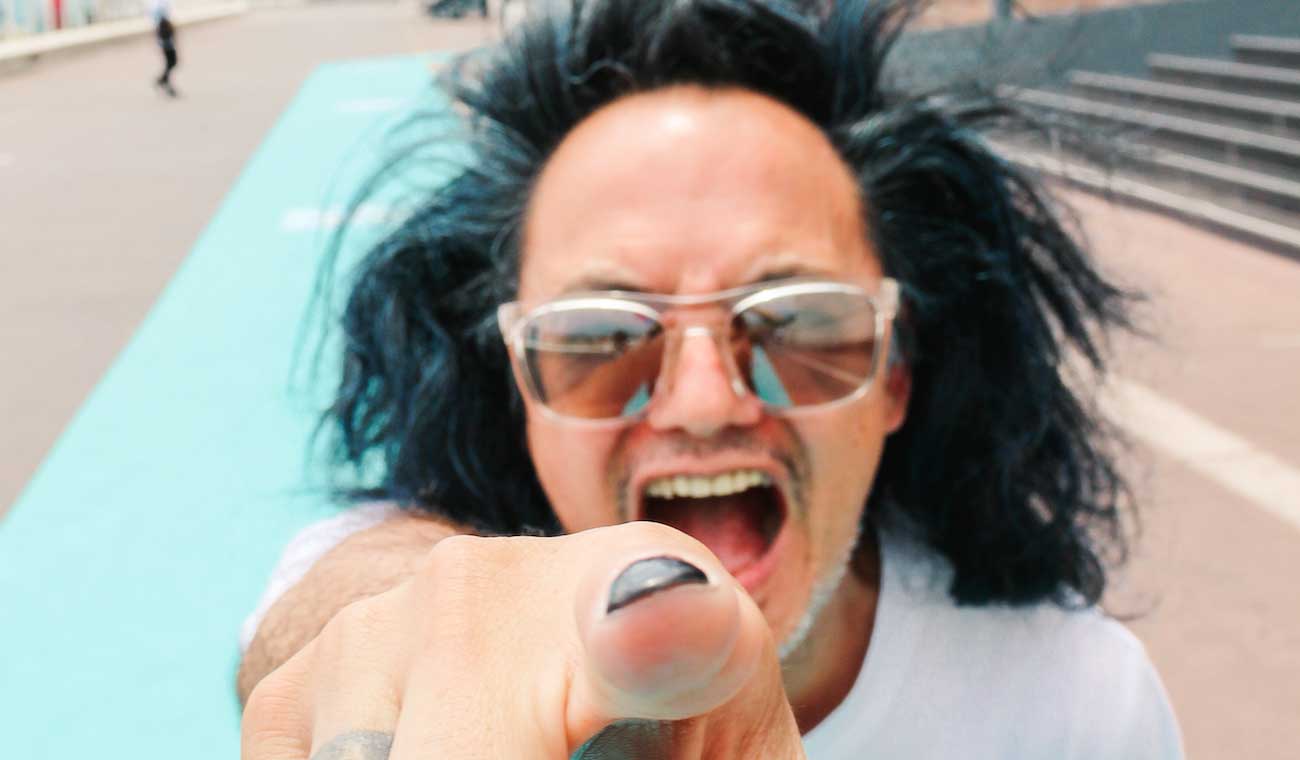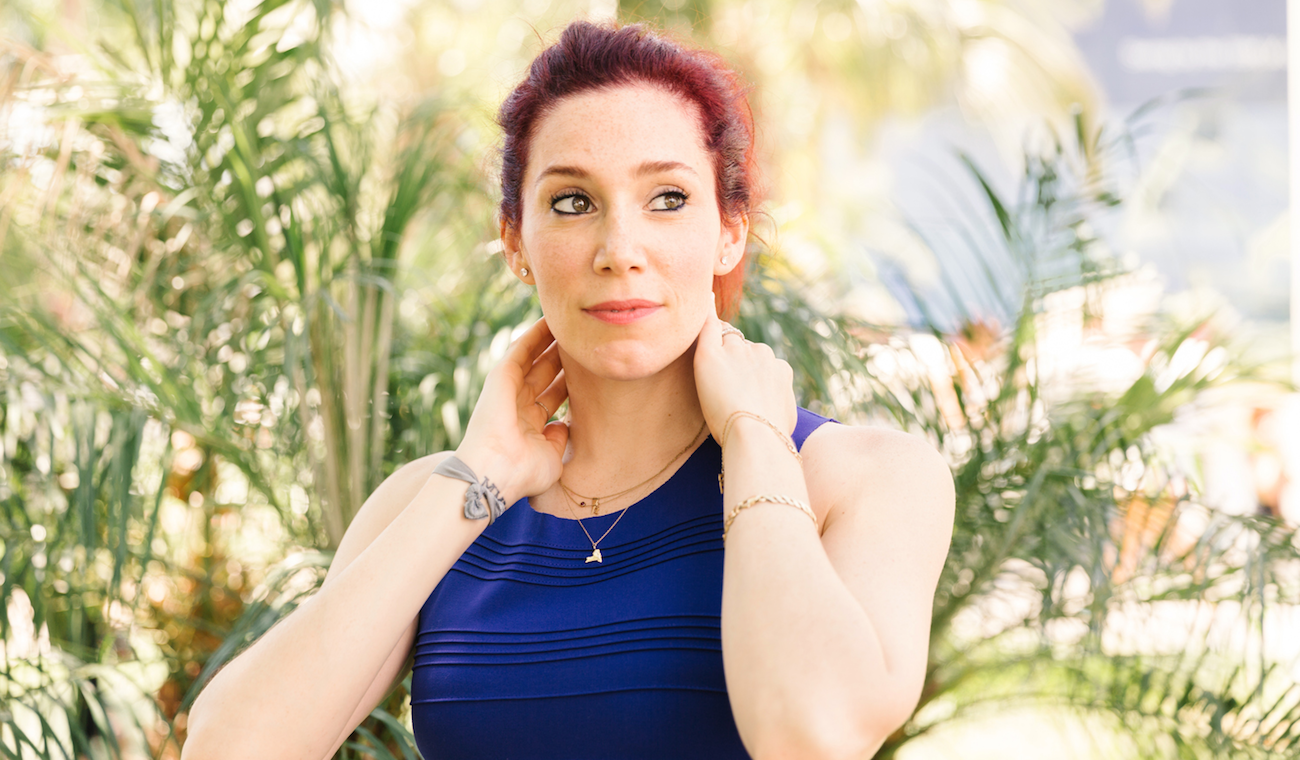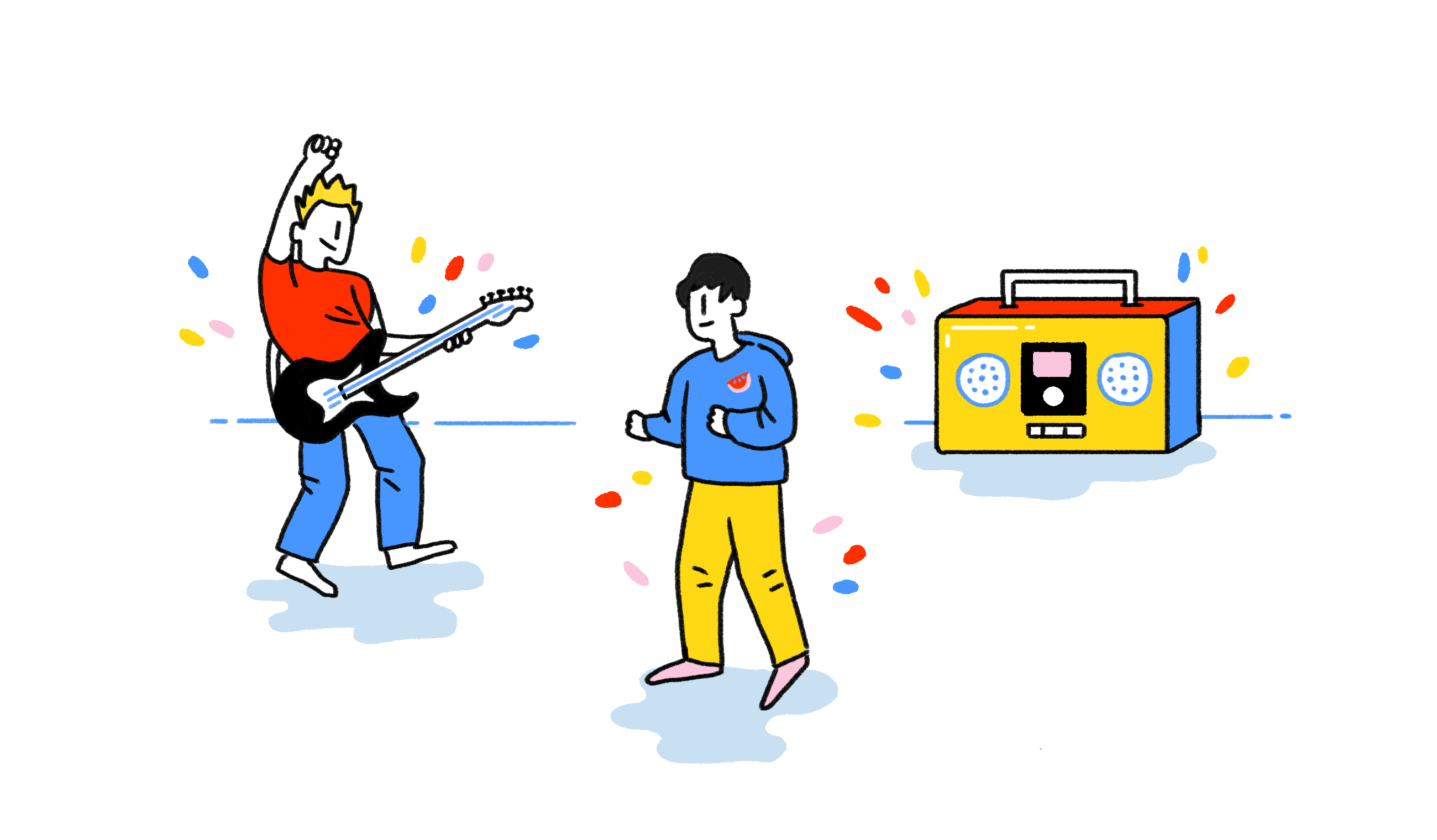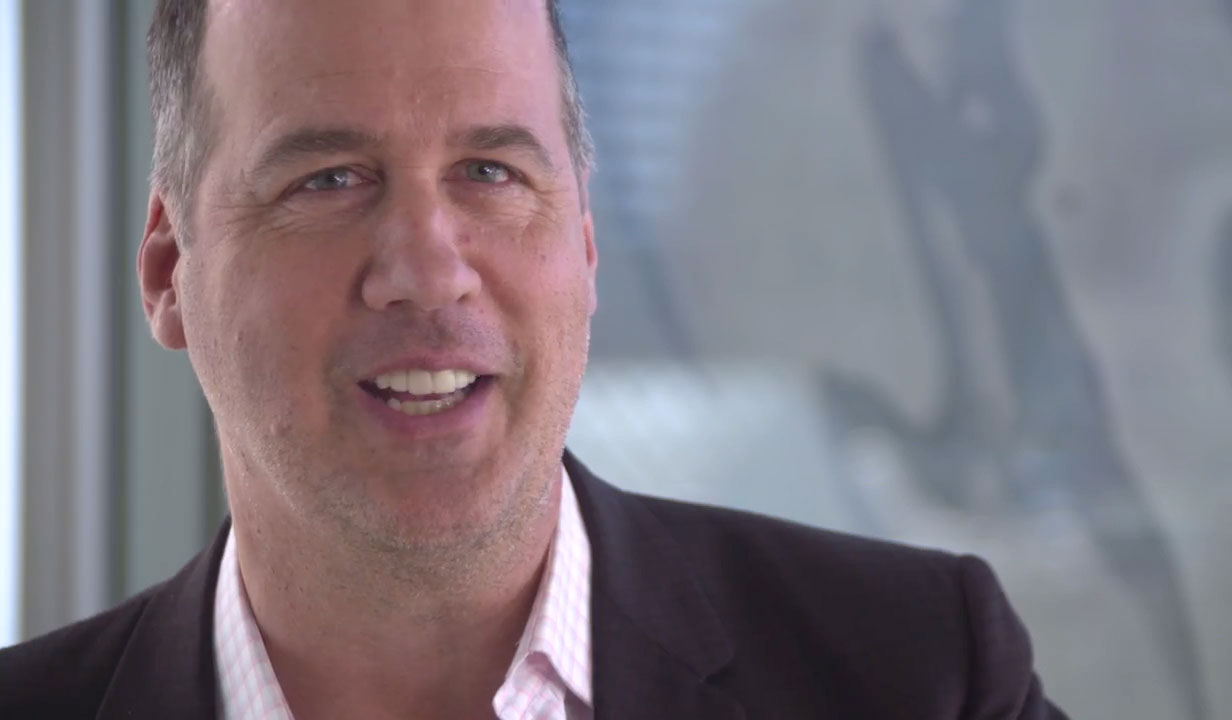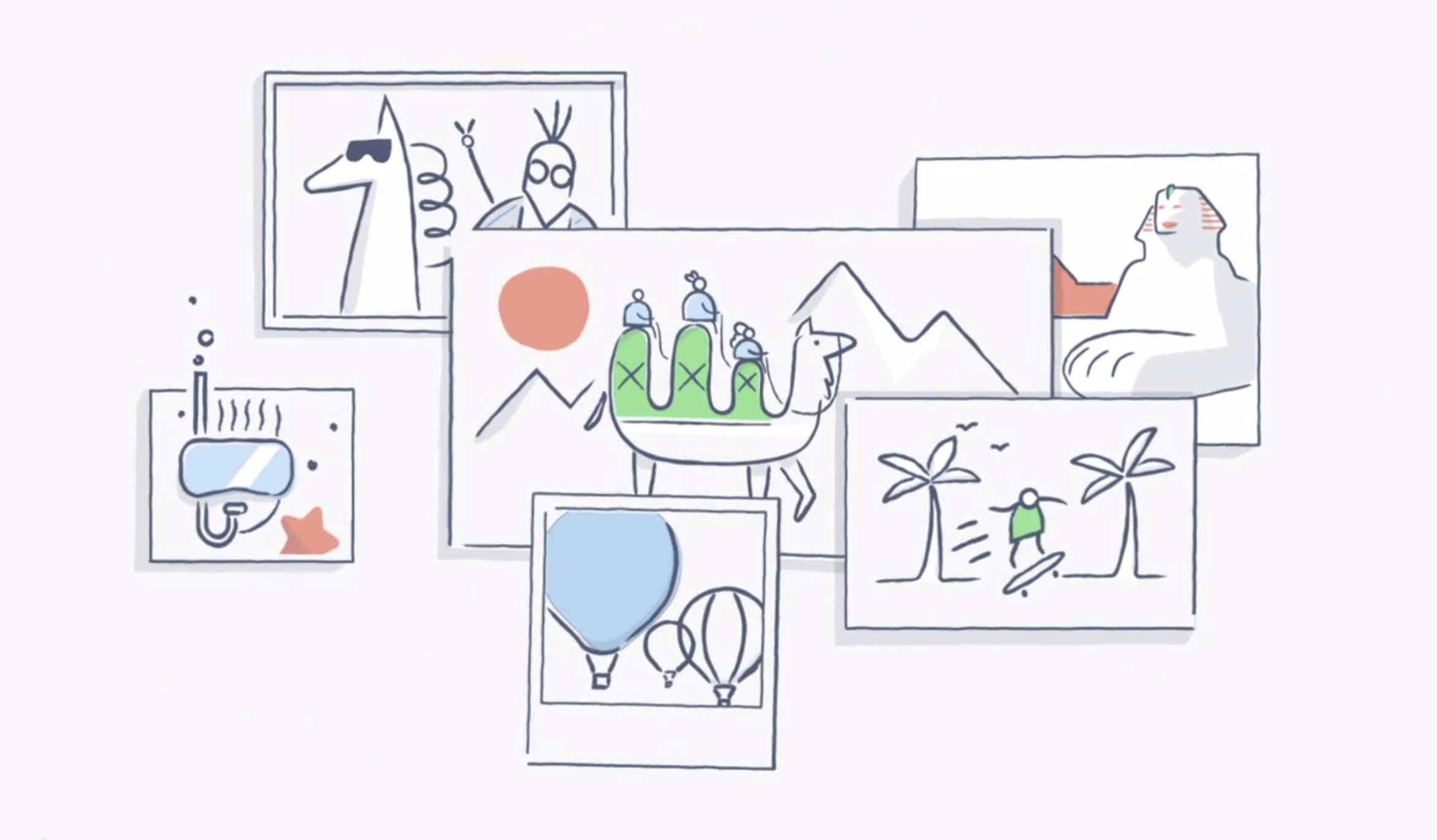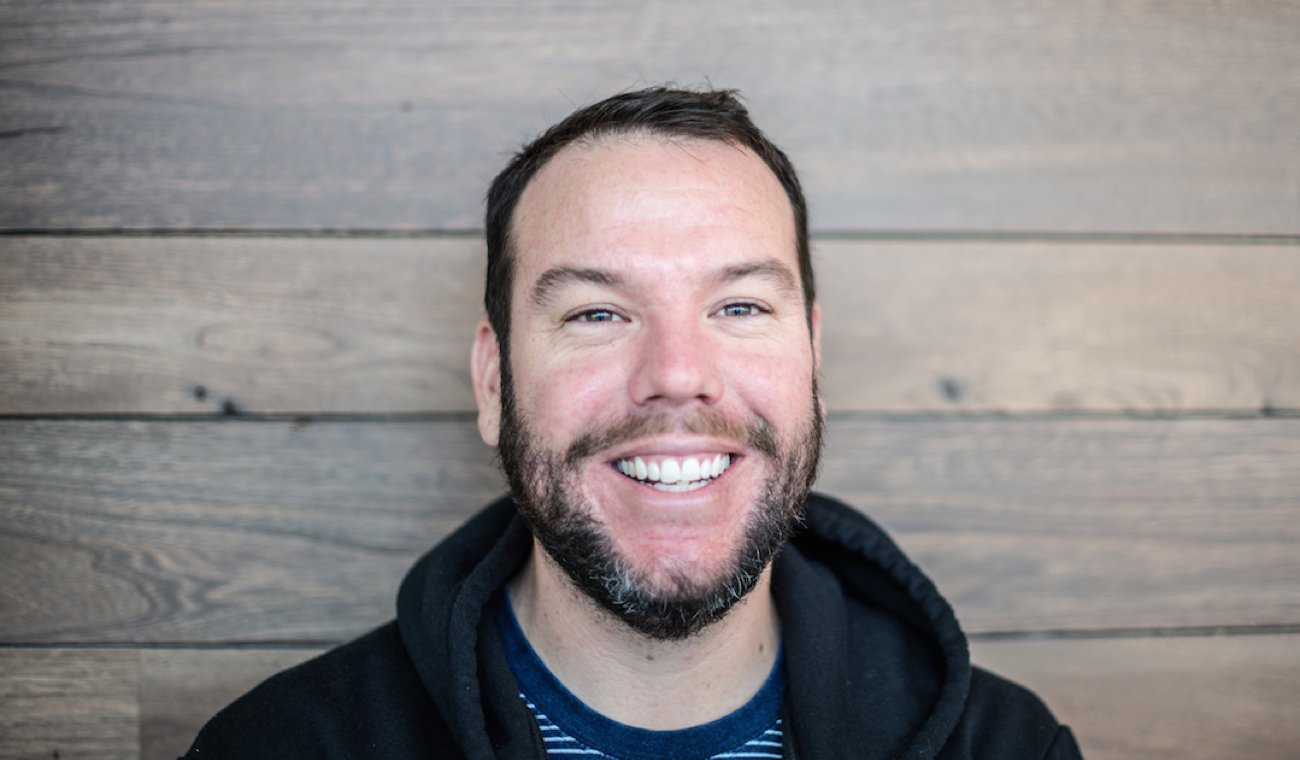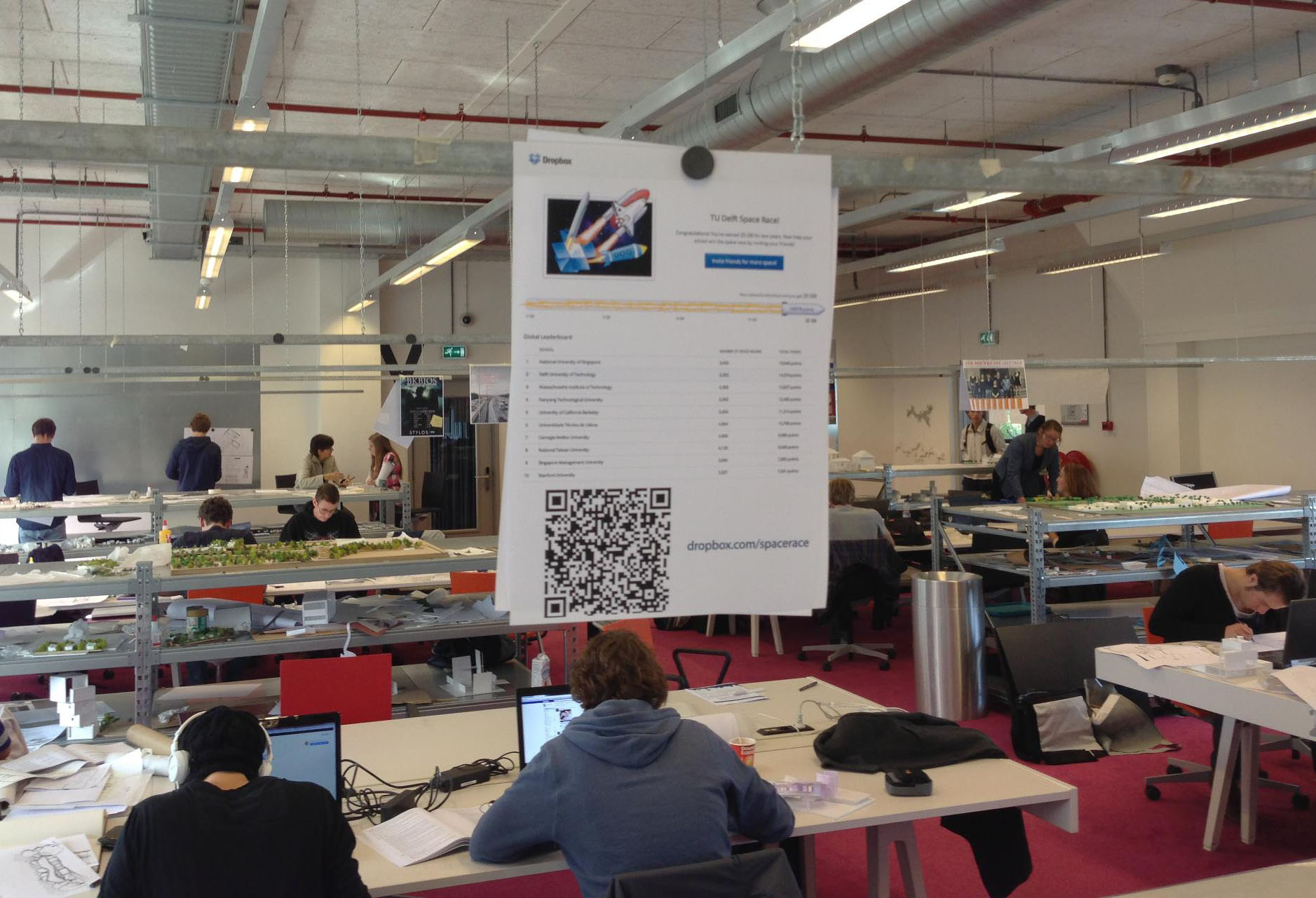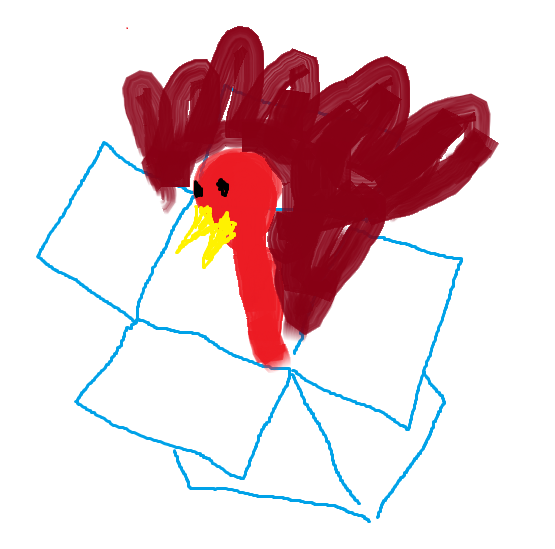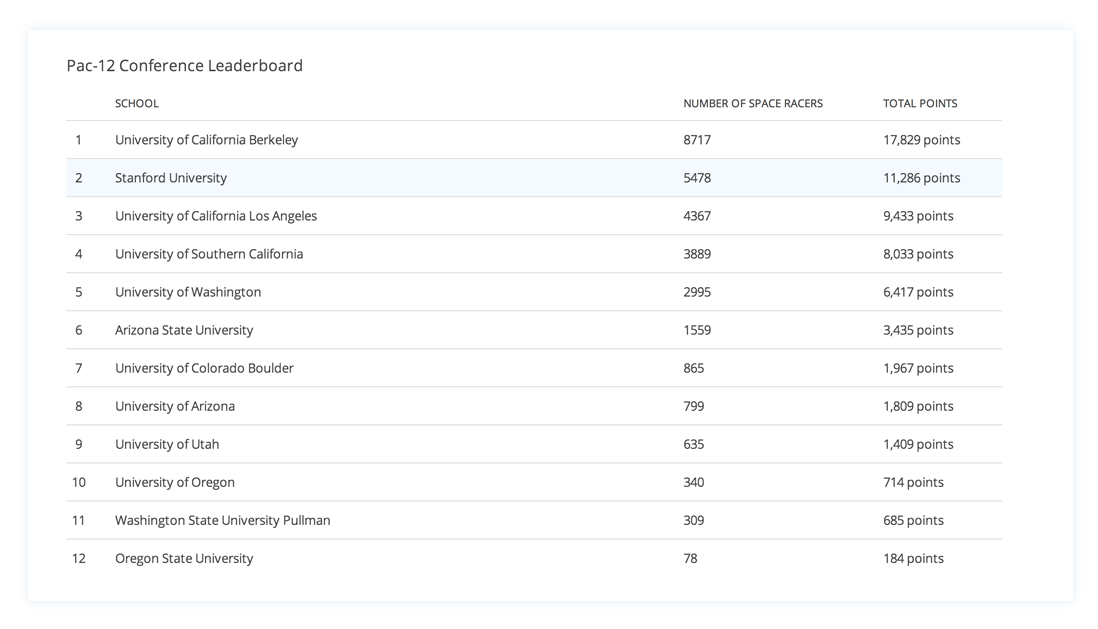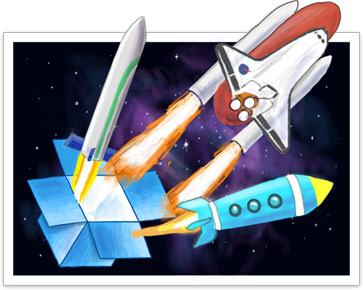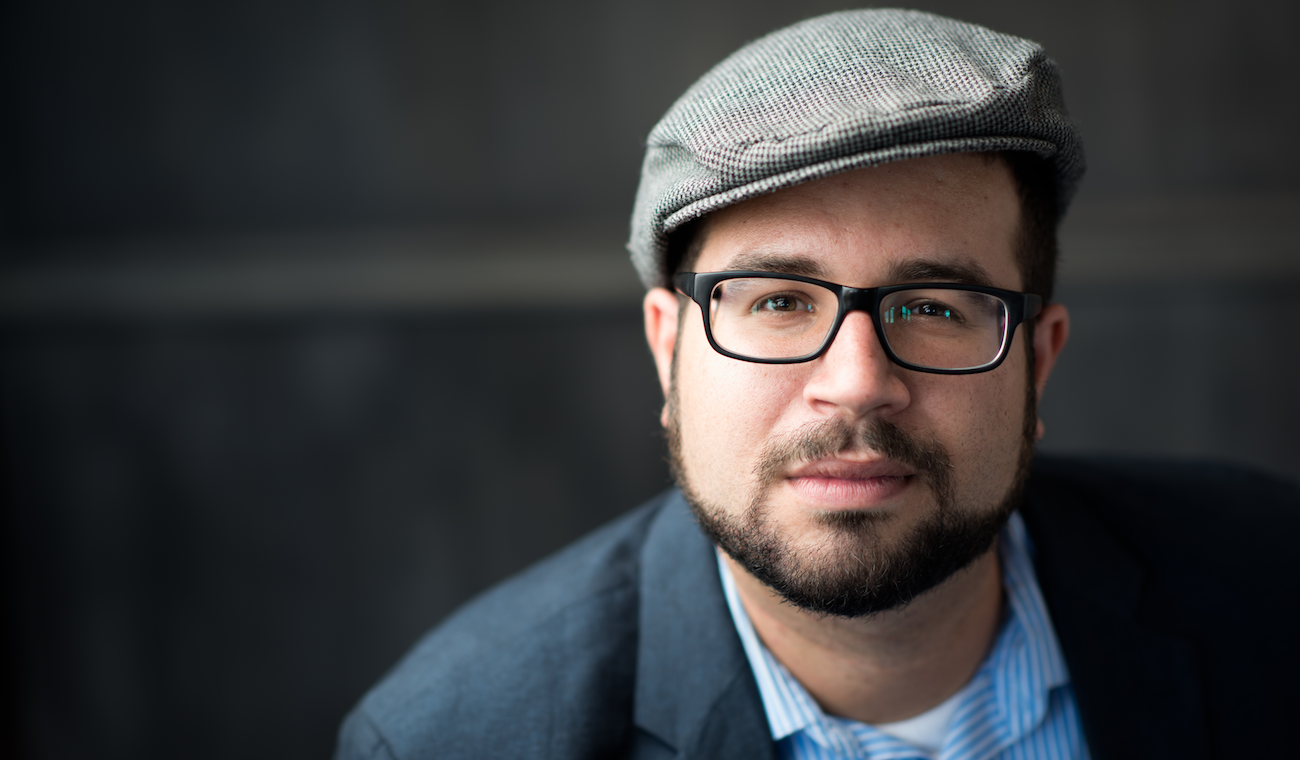
Q&A with Wondery’s David Rheinstrom: Podcaster, storyteller, goofball
Published on June 16, 2017
Sporting a made-for-radio voice and a passion for audio storytelling, David Rheinstrom is both a podcast pro and self-proclaimed goofball. Not only has he seen the podcast industry grow over the course of a decade—he’s helping to shape the way we listen today. We had a chance to catch up with David—host of Secrets, Crimes, and Audiotape and Radio Drama Revival—at Cannes Lions. He explained his podcast network’s distinct approach to ads and audio, the ups and downs of the creative process, and where he sees the podcast industry going next.
On Wondery’s unique approach to ads and storytelling
What’s Wondery’s mission and vision—what makes Wondery unique?
Wondery is a network of storytellers. We want to be at the forefront of engaging, immersive podcasts, whether that’s fiction or nonfiction. There’s a lot of fascinating work happening right now in podcasts; it’s a really great time to be a creator! What sets Wondery apart is its understanding of the ad world. Wondery adopted the practice of dynamic ad insertion early, and that showed me that they were willing to take innovative leaps in order to better serve podcast creators. Dynamic ad insertion allows a podcaster to put new ads into old episodes, allowing them to continue to derive income from a back catalogue. That pushes the industry towards something more sustainable and professional. I’m excited to see what new tech we’ll adopt next!
How would you describe Storytelling in the Dark? What are audiences at Cannes Lions in for?
Wondery CEO Hernan Lopez and I will make the case that sound design has been underserved in the world of advertising; we’ll encourage our audience to consider the intimate, terrifying, and heartwarming possibilities of podcasting. In light of the fact that sound is the fastest sense (sound signals reach your brain faster than sight, smell, taste, or touch), we want to prove how direct and emotionally affecting sound can be—and that’s why we’re giving our audience blindfolds!
On the creative process
What does it take to bring big, bright ideas to life?
I think kindness is probably the biggest part of that. If you want to build something large, you’re going to need other people to trust you and like you. And in order to win the trust and affection of other people, you need to treat them with kindness and respect. That means you need to be open to critique, and be willing to let go of your ego in order to make something bigger than you.
What does it take to create successfully with others?
Trust, good humor, shared interests, and food. I used to be in a funny, fractious writers’ room for an excellent science fiction podcast, and something that kept us coming back to that table was the fact that we always shared a meal together before our meetings began. Never neglect craft-services! Morale is an essential part of any creative (or business!) endeavor. If you don’t feel good, you won’t make good work.
What’s the most difficult part of your creative process?
The first draft. I always have trouble putting out a first draft, but then after I’ve got something to work with, it feels like clay that I can sculpt. I prefer to rewrite rather than revise, but I like knowing the shape of the first draft so that it informs the second.
Explain a time where you had a creative failure, and what you did to move on. What do you do when you hit a creative roadblock?
Ask! For! Help! When I’m stuck, I phone a friend. I think there’s no sense in digging in and crumbling under the weight of my own writer’s block. I benefit immensely from Socratic questioning when I’m stuck – a friend will ask me to explain the issue, and usually in the course of trying to explain the problem to them, I’ll begin to have an idea about the solution. That friend can then help draw out that solution-idea with more questions, which I will then scribble down as quickly as I can before it evanesces.
But yeah. My practice is to cast a line out to a friend when I’m stuck on something. That’s true for Life Stuff, too, not just Creative Stuff. Explain a time you had a totally wacky idea and it turned into something amazing. So my best pal Dave and I have a ridiculous tradition of Twenty Questions; we’ll come up with ludicrously complicated scenarios and make the other person guess. We turned that practice into a podcast, Twenty Questions Tuesday, and kept it up for over a year. I loved doing that thing, and it’s a great way to learn pretty much everything about the two of us and our decade-plus of friendship.
On Dropbox
Do you use Dropbox? If so, we’d love to hear how it fits into your workflows.
At Wondery, we use Dropbox for everything; when you’re working in audio, you have a lot of big, uncompressed sound files that you need to throw around. When I record a big chunk of voiceover, or an interview, or an ad, I pop it into Dropbox to send it over. When Hernan or Jeffrey Glaser, Wondery’s President of Content, want me to hear a cut of a new audio drama, they’ll send me a link to a Dropbox folder. I like to listen to drafts on my phone while I do chores around the apartment.
On podcasting’s future
You’ve been podcasting for a decade, what changes (if any) have you seen in storytelling as both advertising and art?
When I started making audio drama a decade ago, I thought I was alone in the wilderness; I had no idea that there were other people out there making new works in the United States. I don’t think I even knew there was an unbroken tradition of radio drama in Germany, Ireland, and the UK! Now, I’m proud to say that I’m part of an international community of creators, and we’re always learning from one another.
In the United States, there’s still a sense that podcast audio fiction is slowly gearing up, slowly rediscovering itself. I’ve been talking about this a lot lately, but something to notice about American audio fiction is that it tends to foreground the presence of a recording device in the story: what you’re hearing is a surveillance tape, an audio diary, a taped therapy session. I think we’ll start to see a turning point in the next few years as more and more Americans get comfortable with the form; I think we’re going to start seeing audio dramas that dispense with the formal constraint of “oh, there’s a physical microphone in this scene.” Most films don’t acknowledge the camera; that’s where I see the form going.


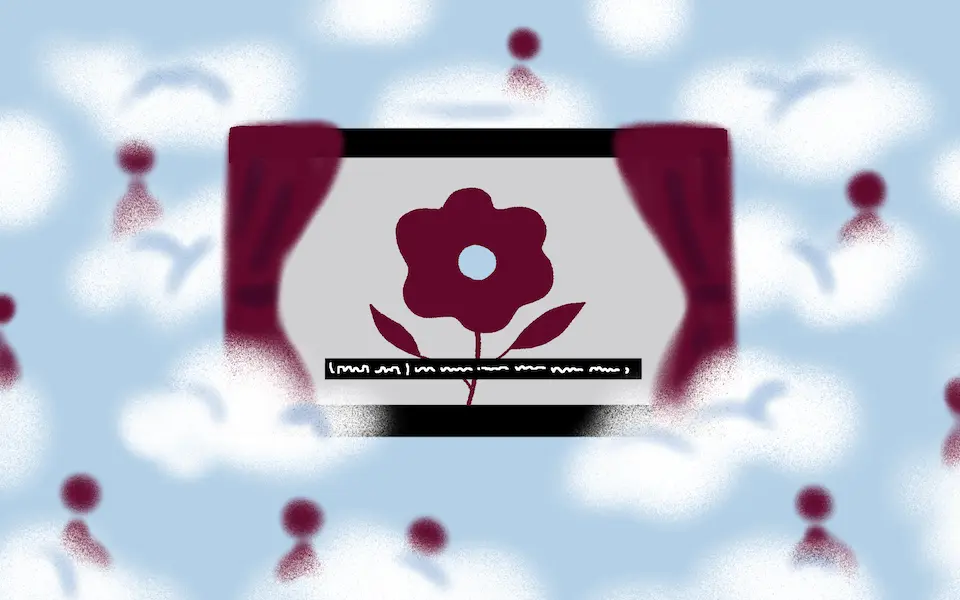
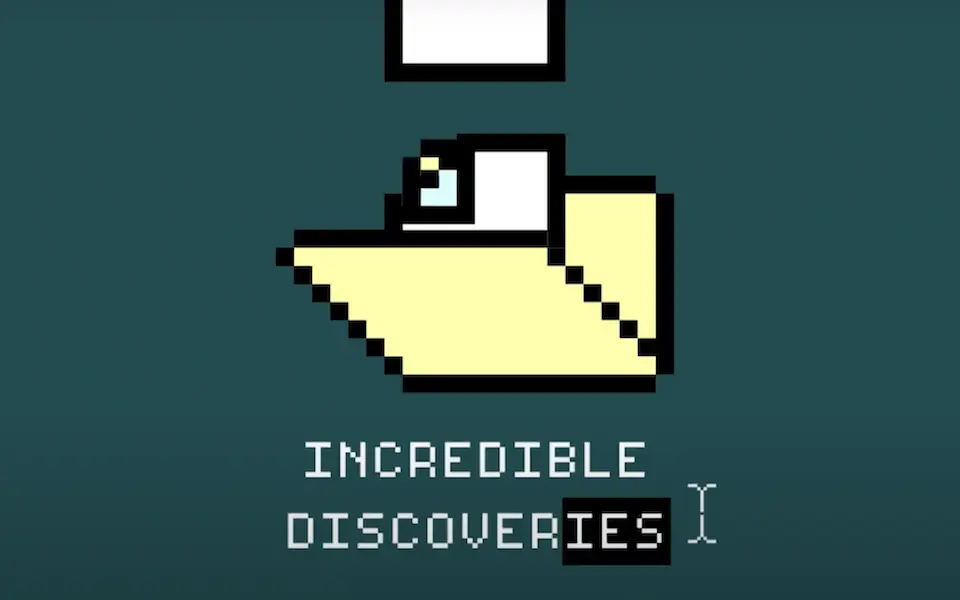
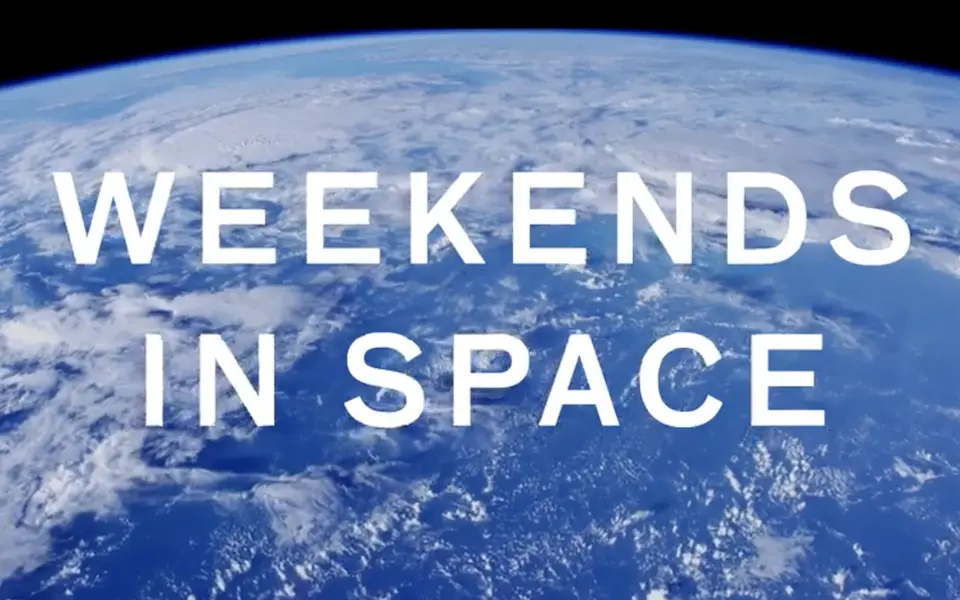
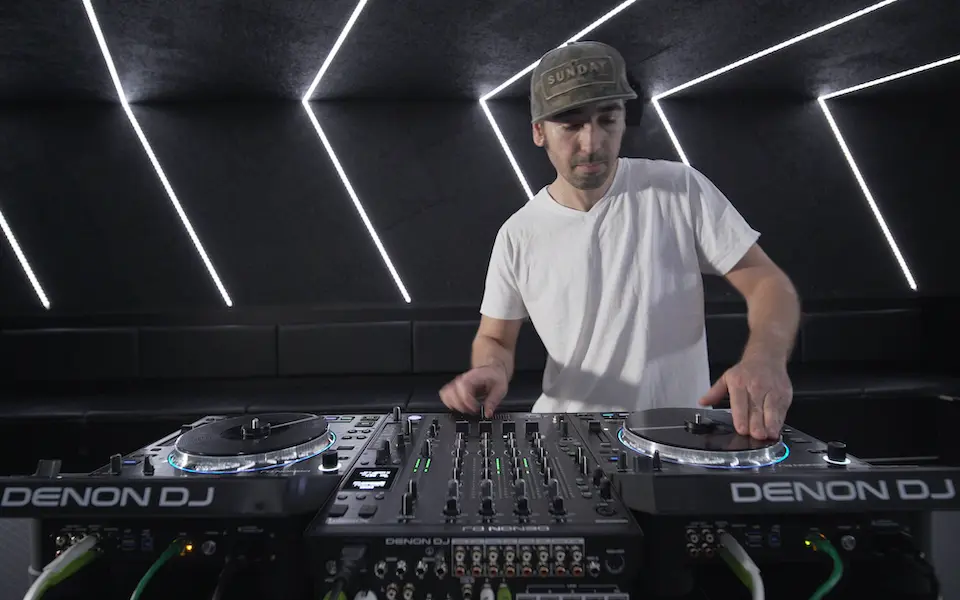
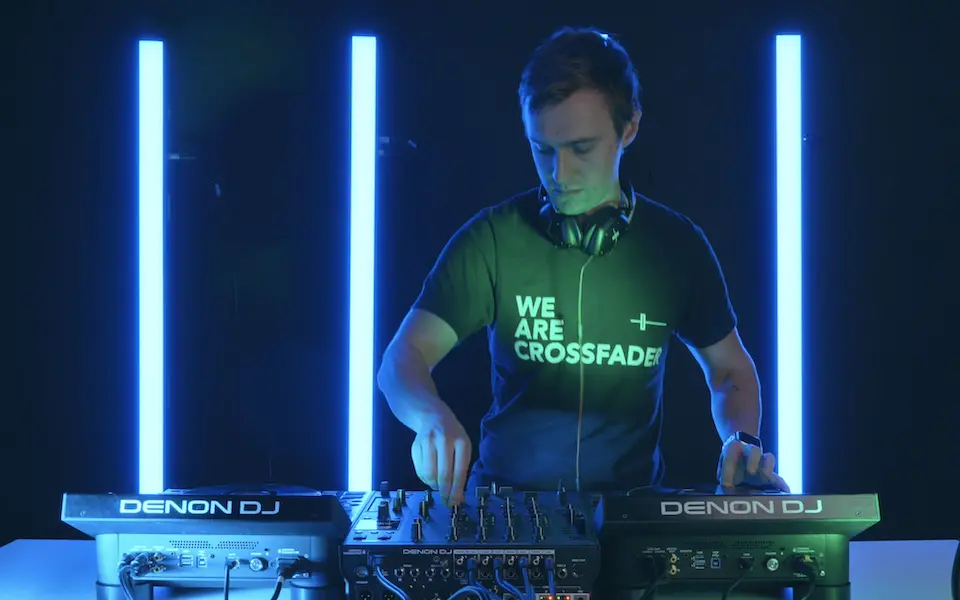



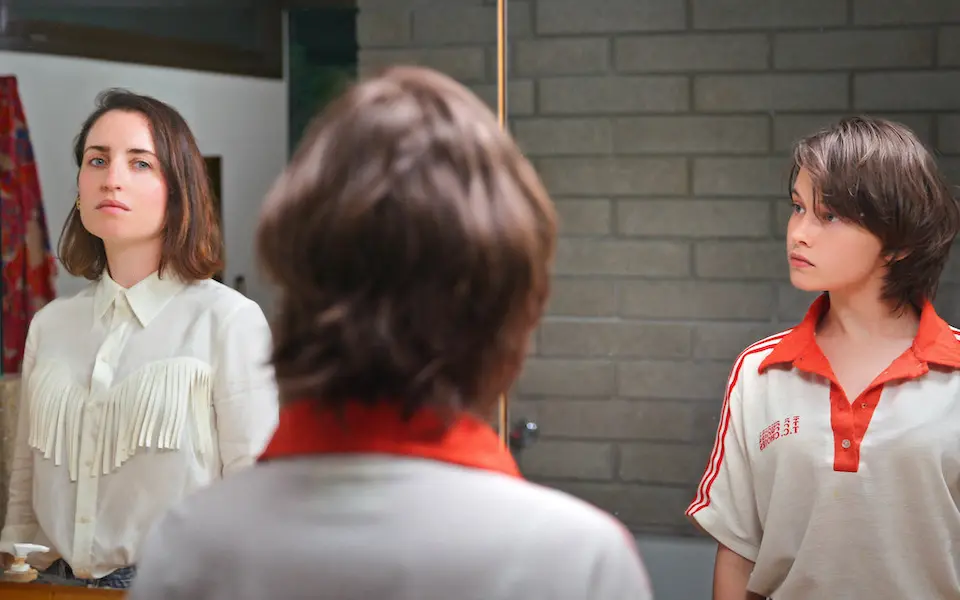

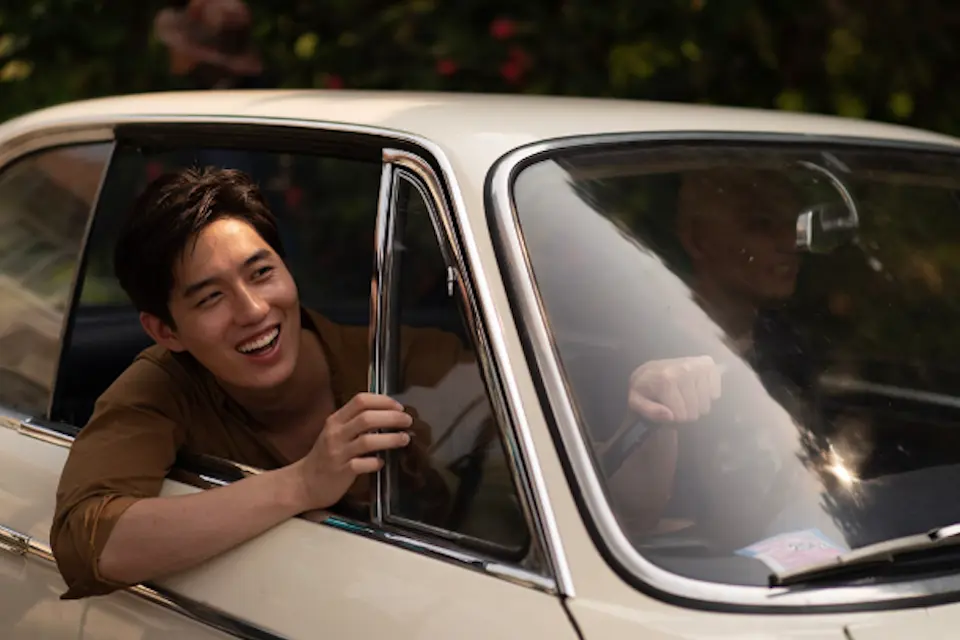


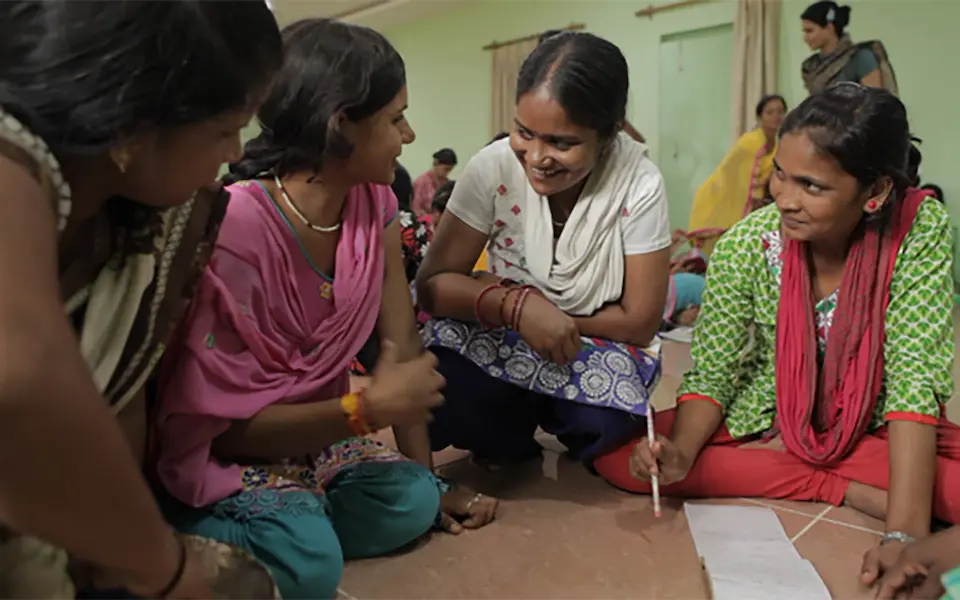
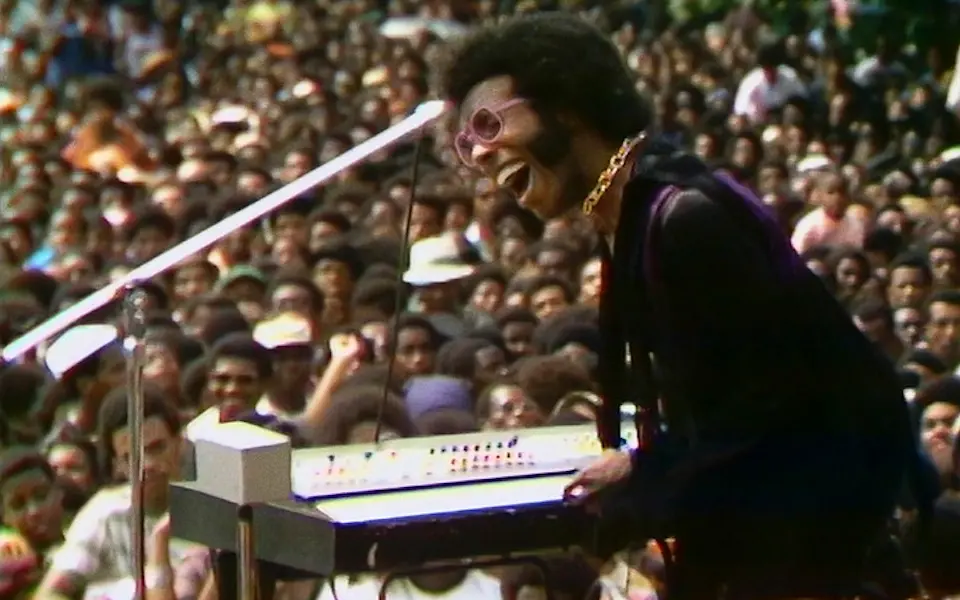
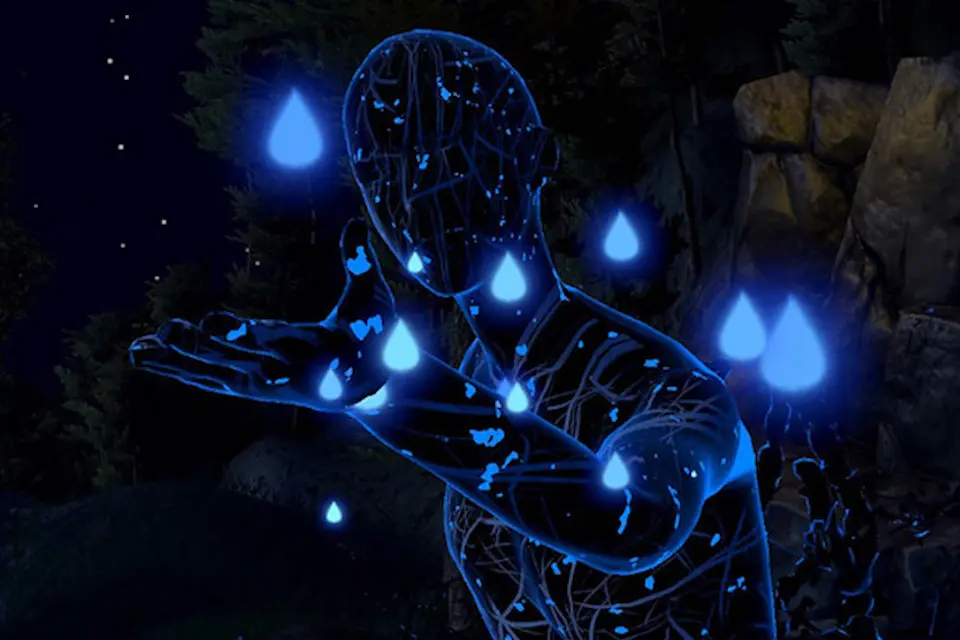
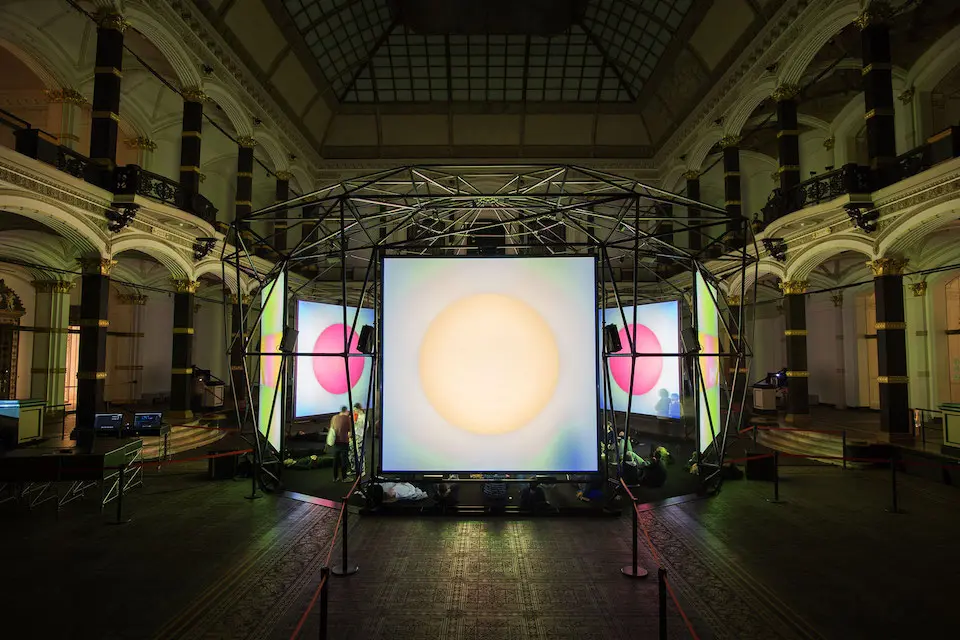


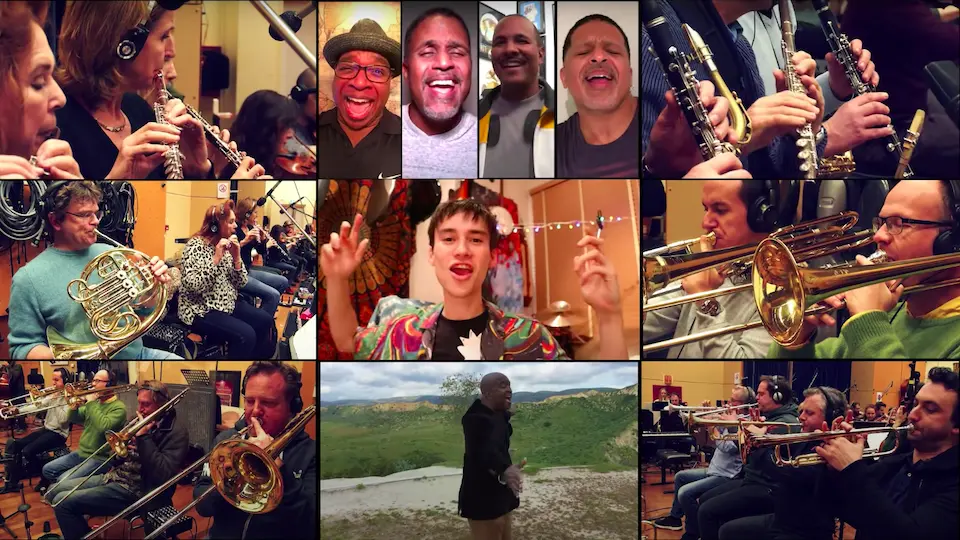

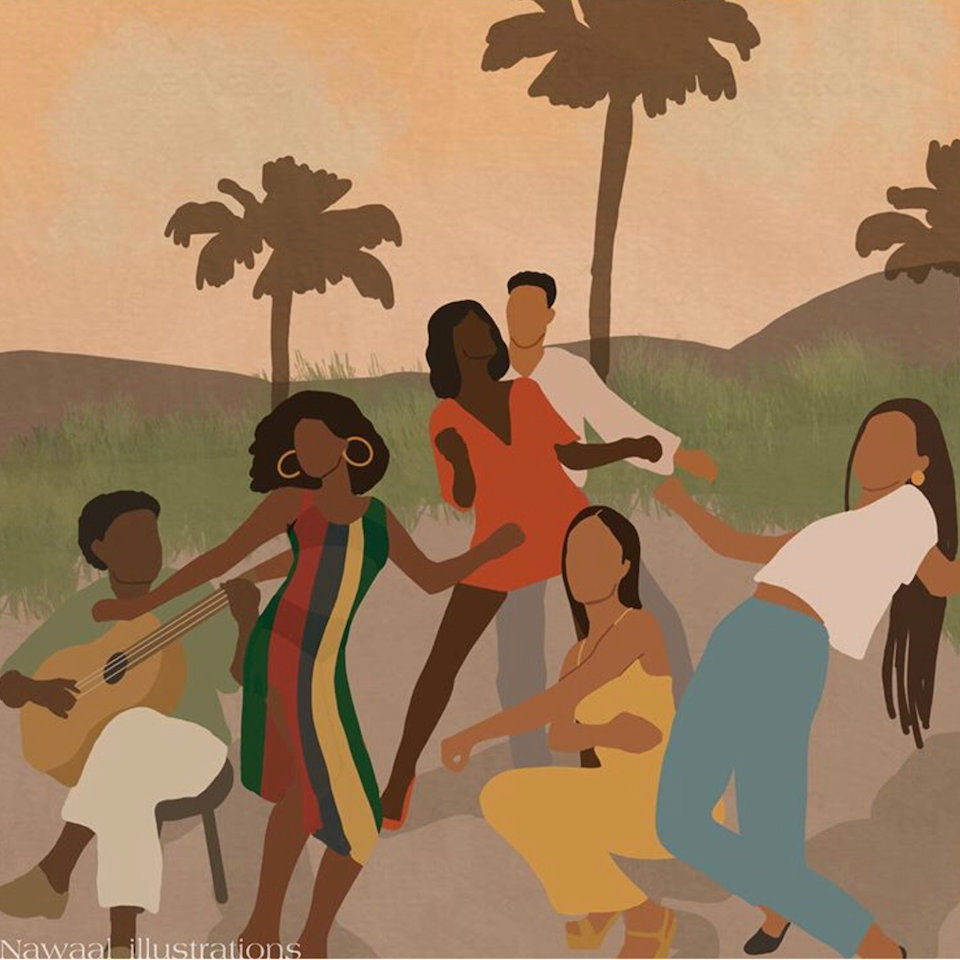


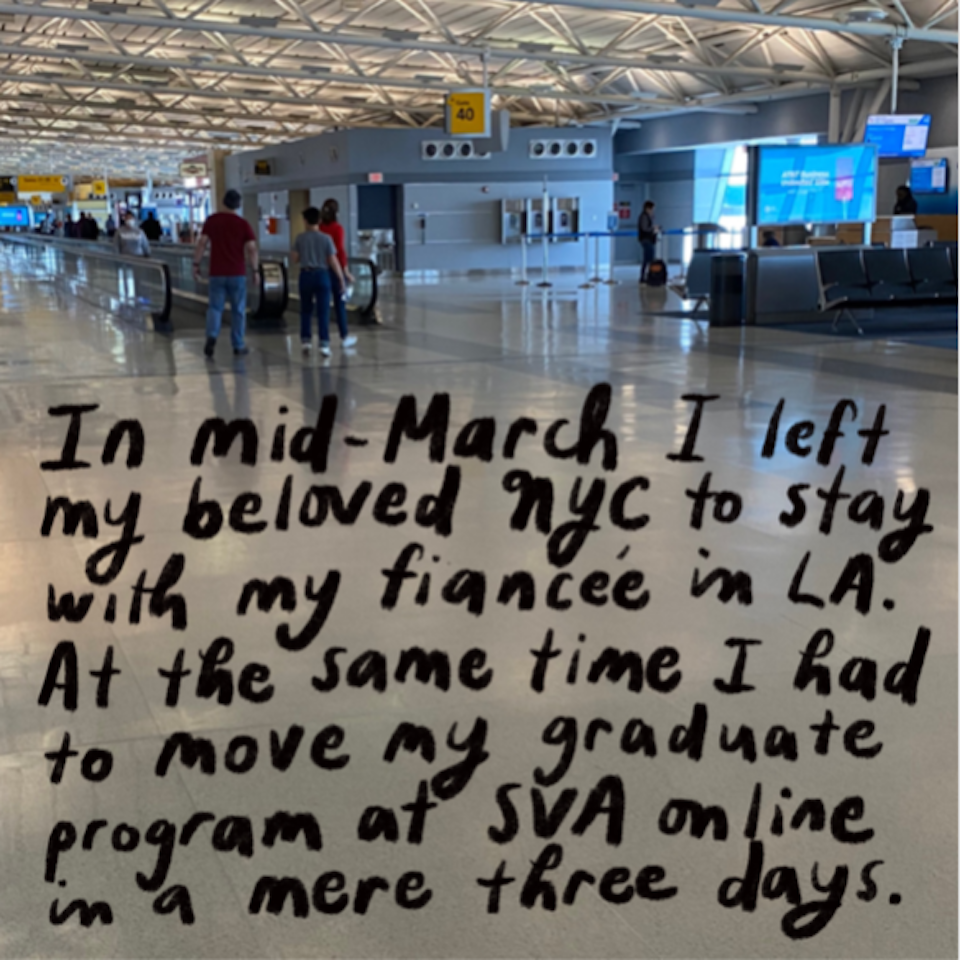
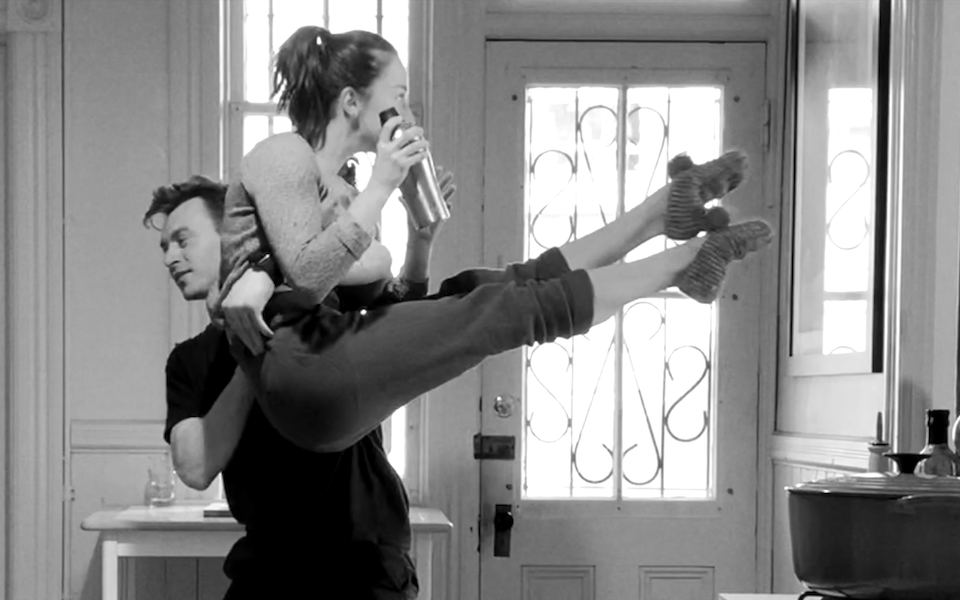
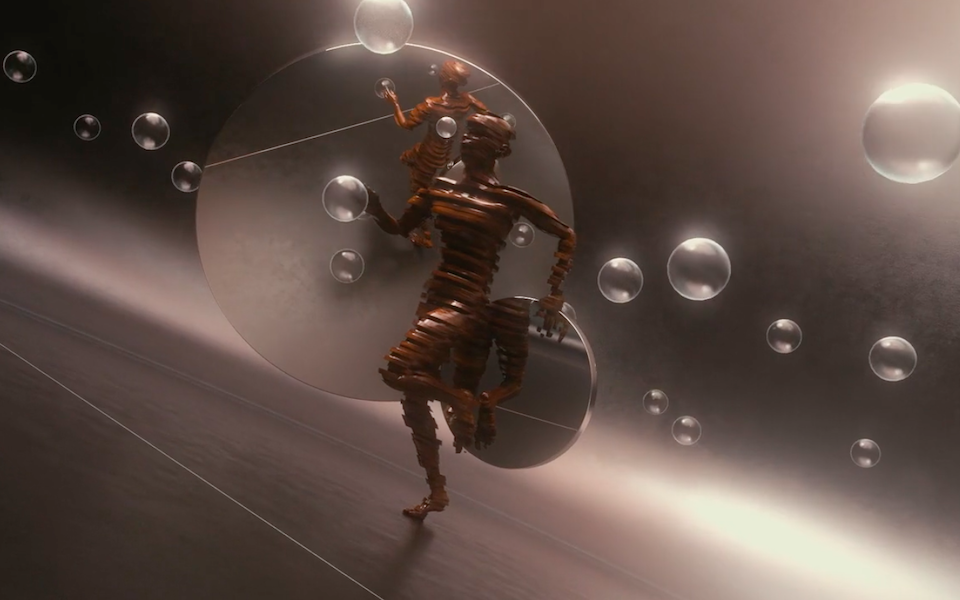
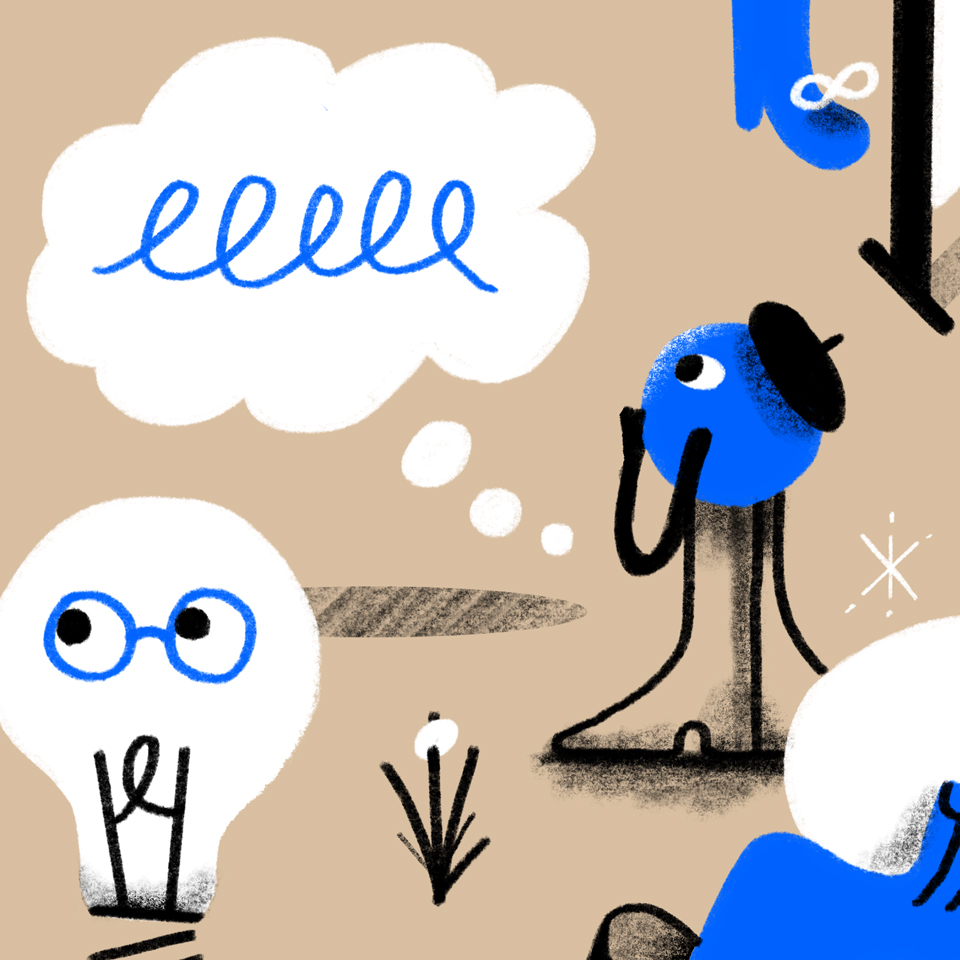
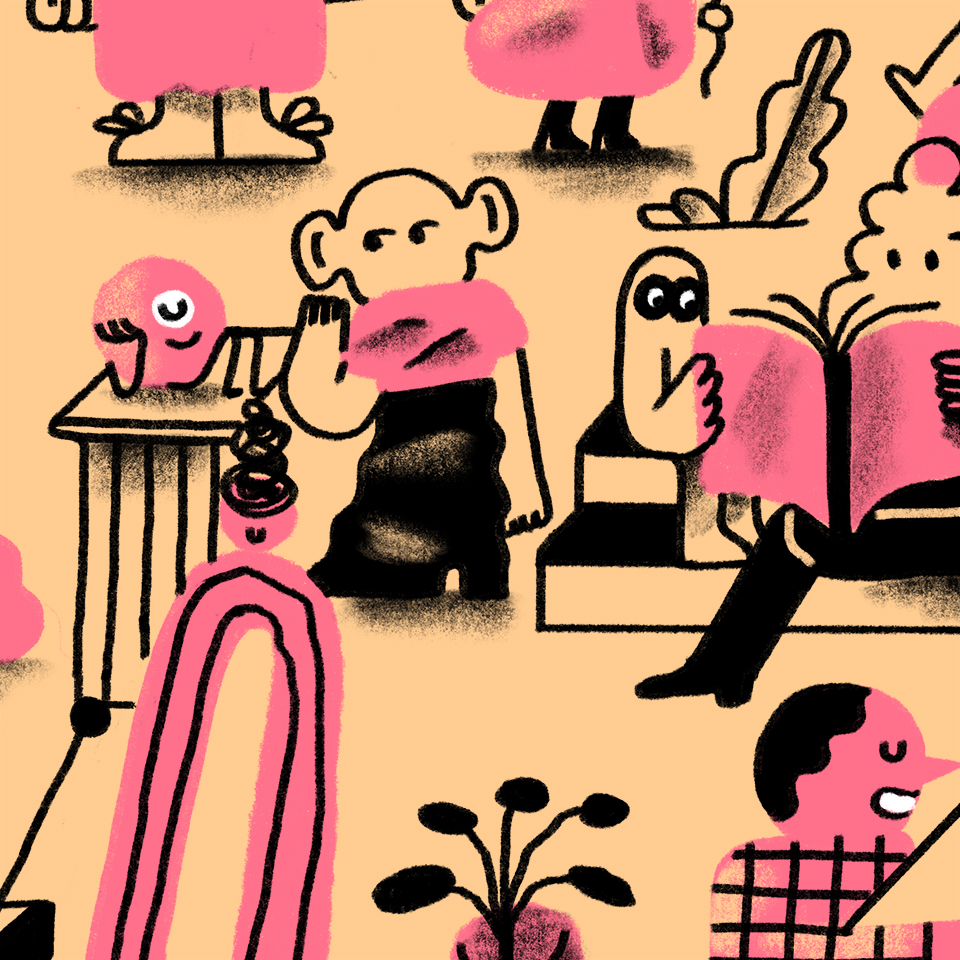


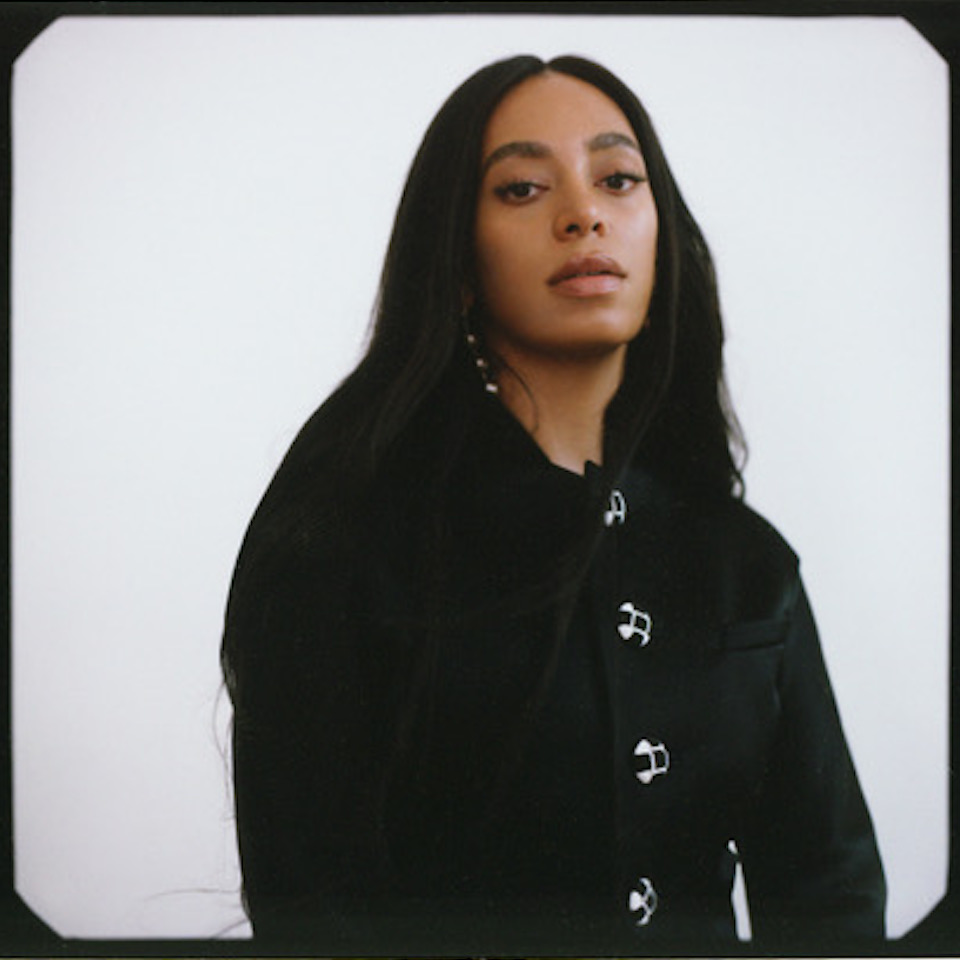

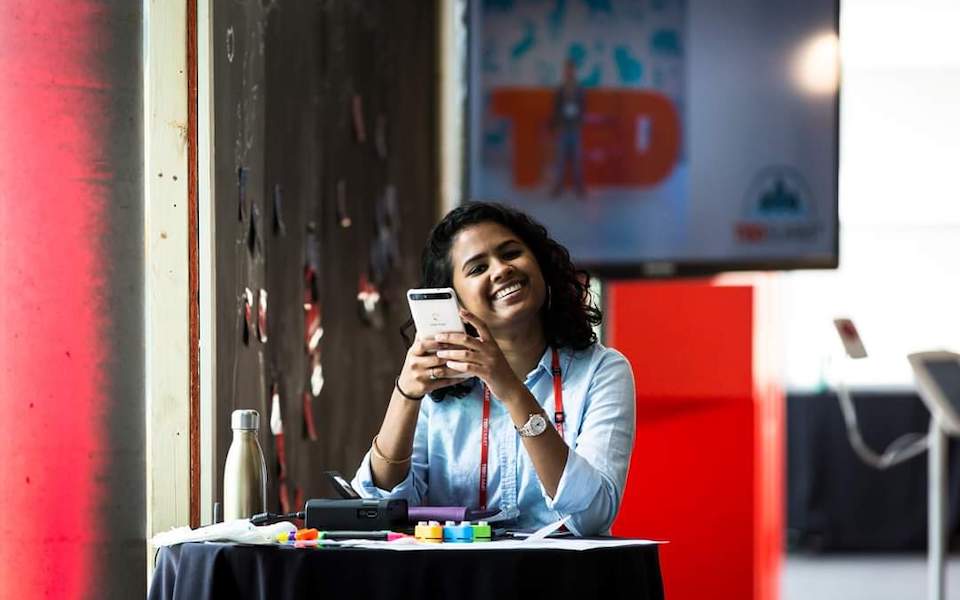


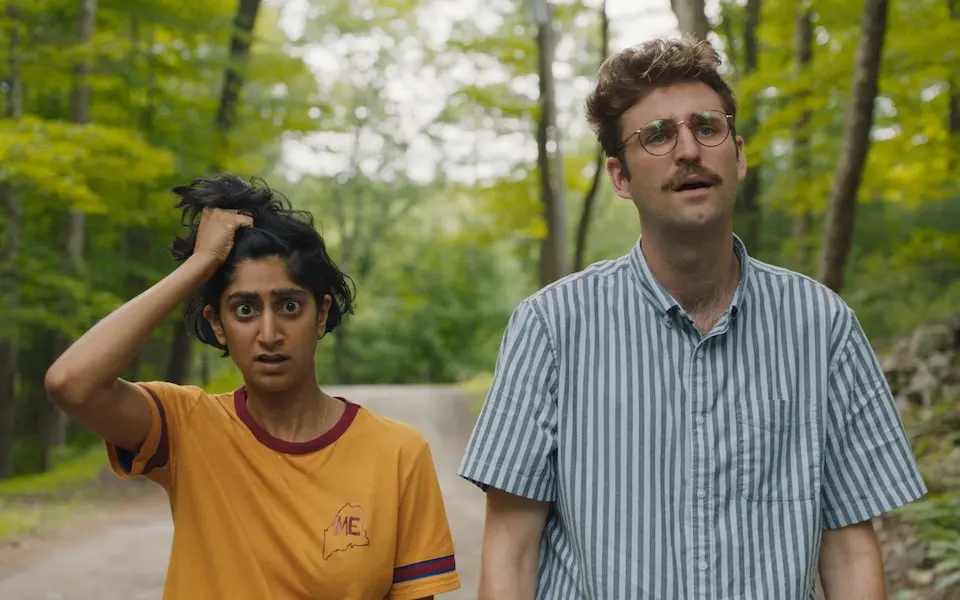
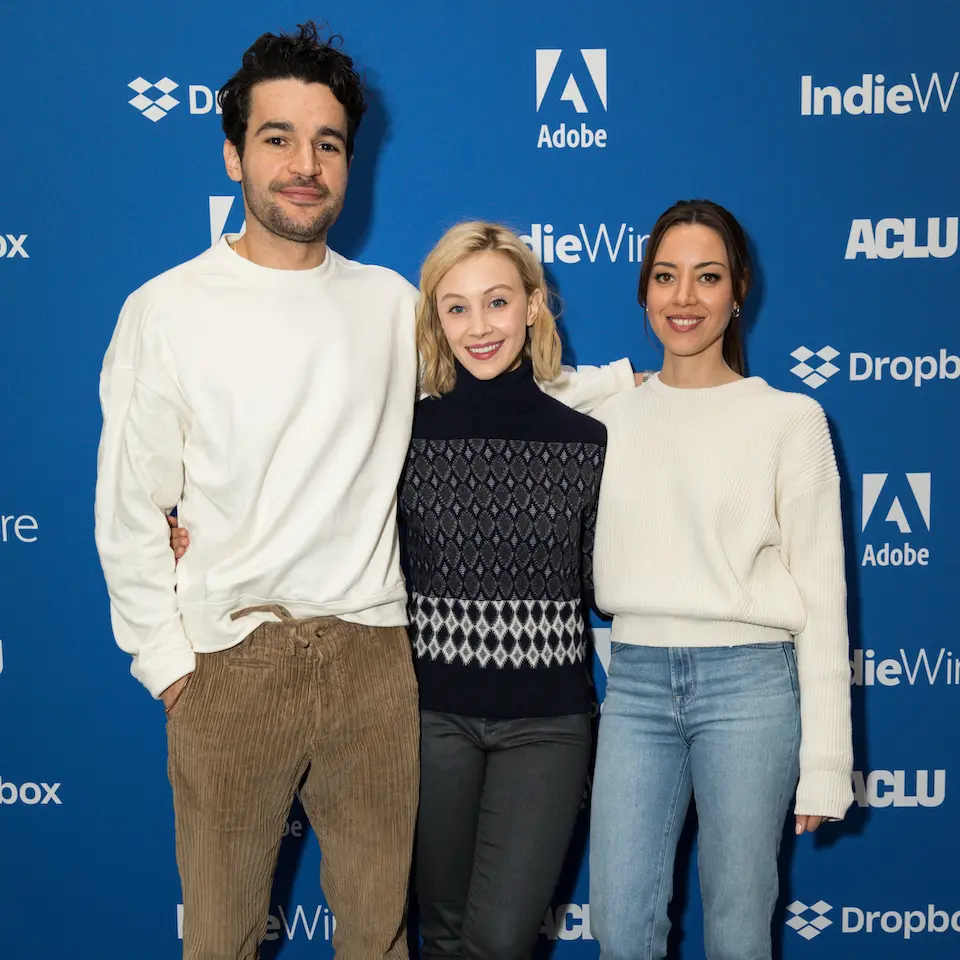
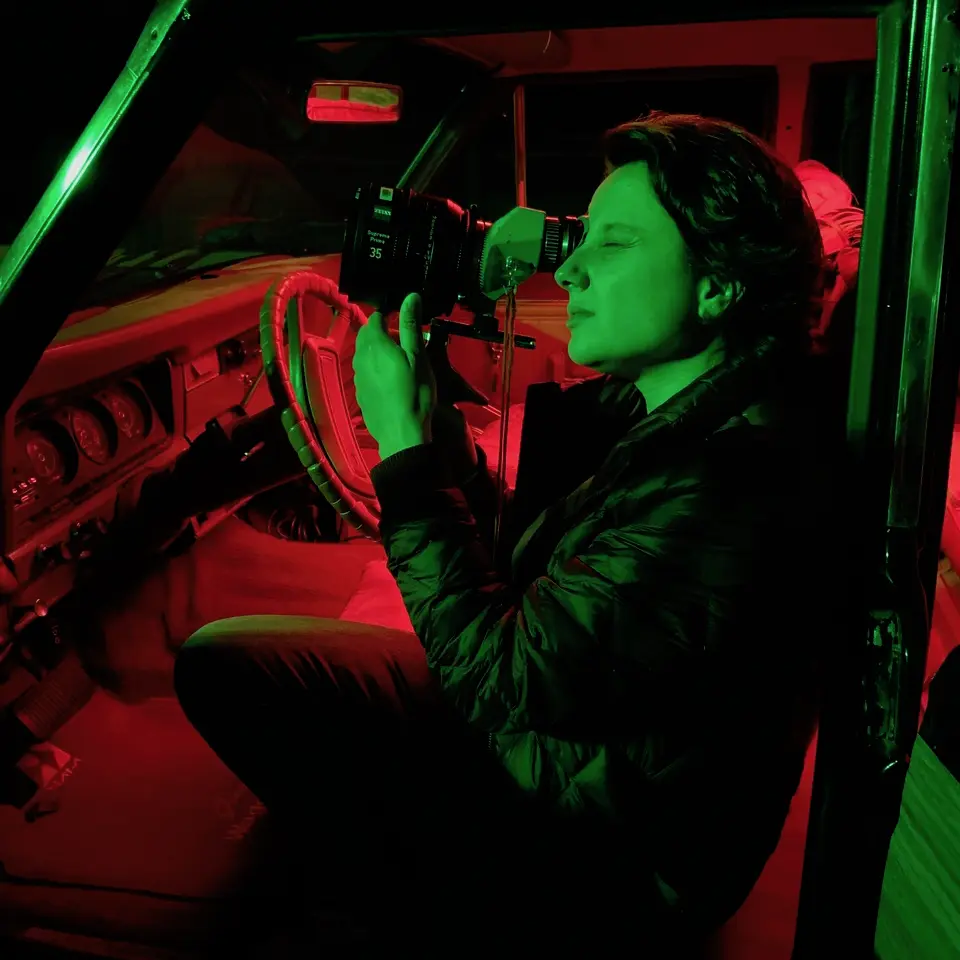
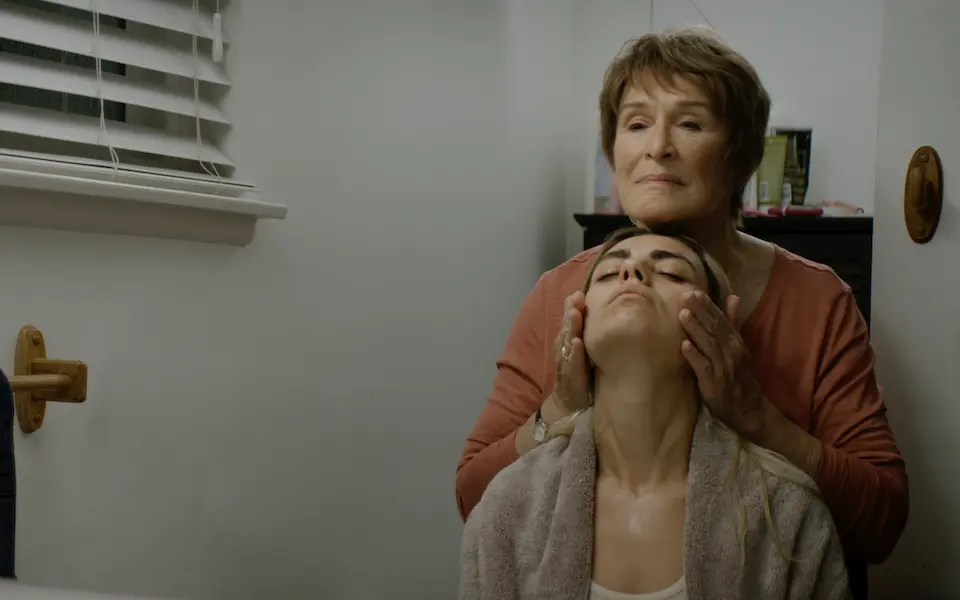

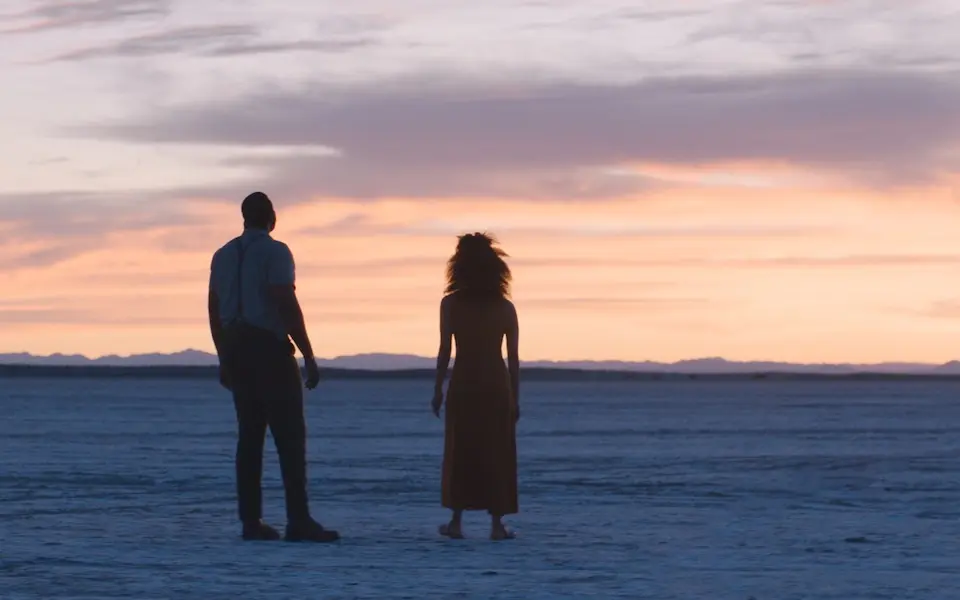
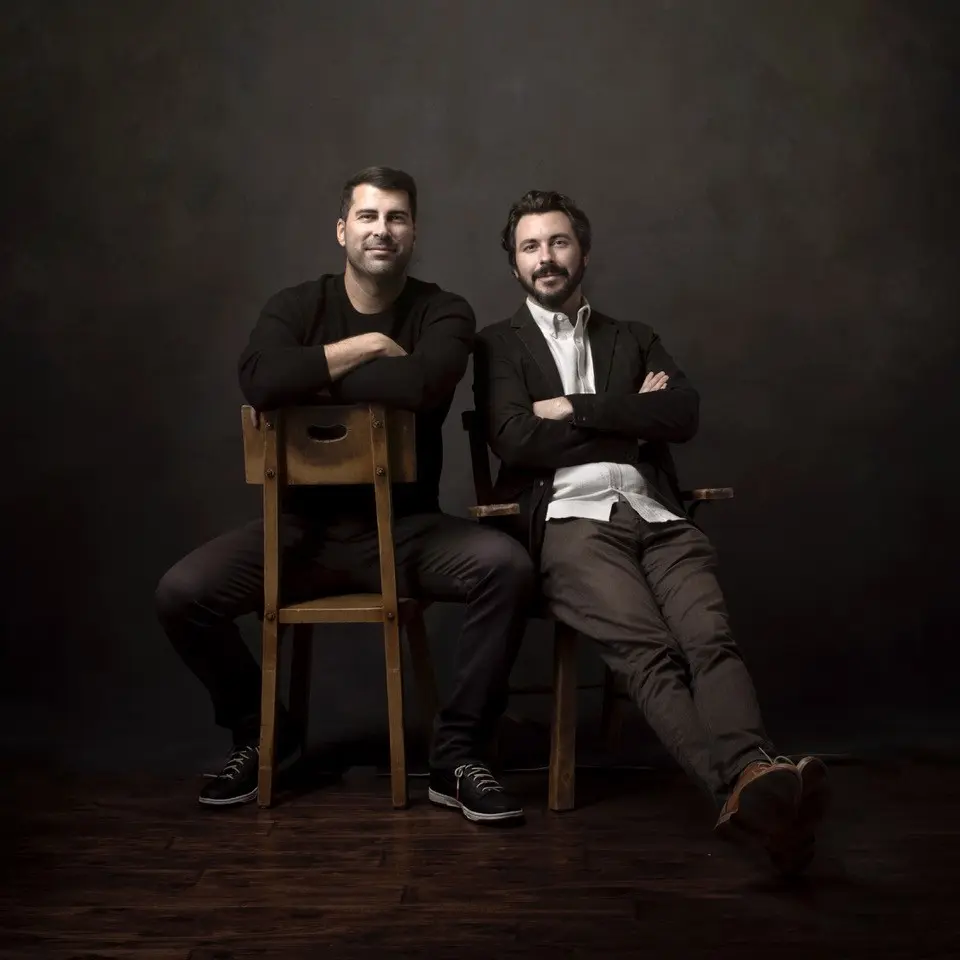



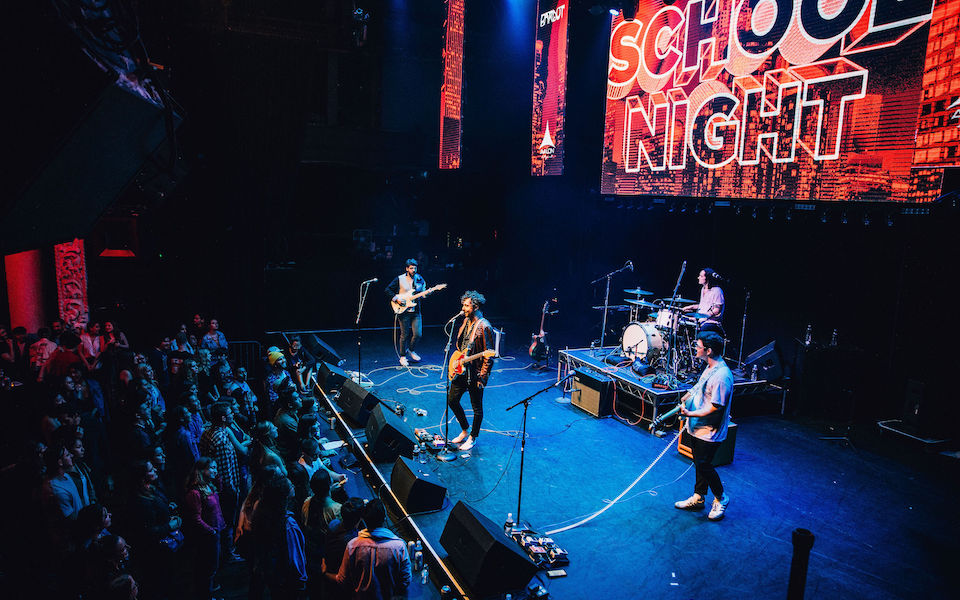






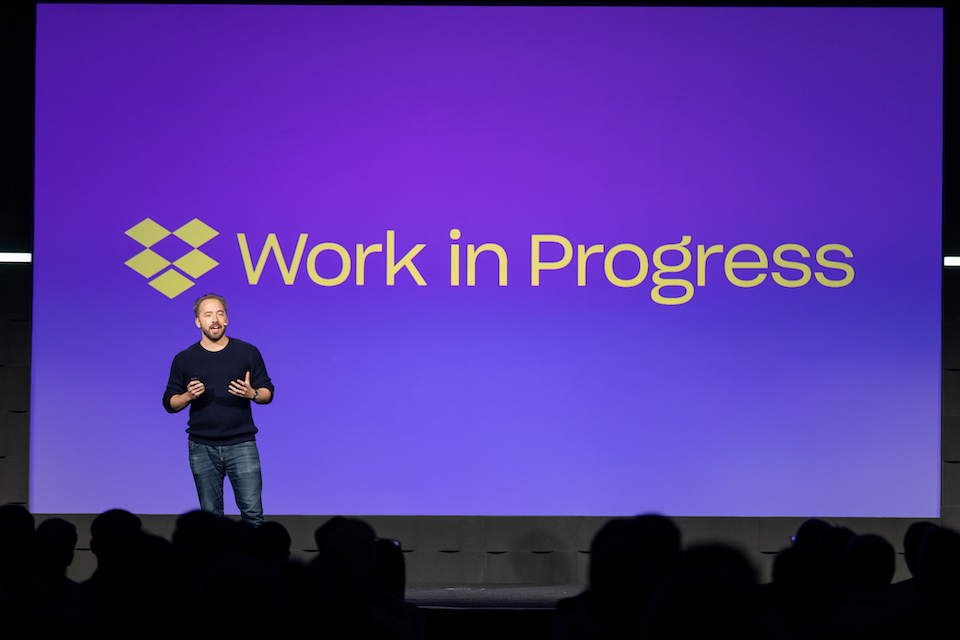



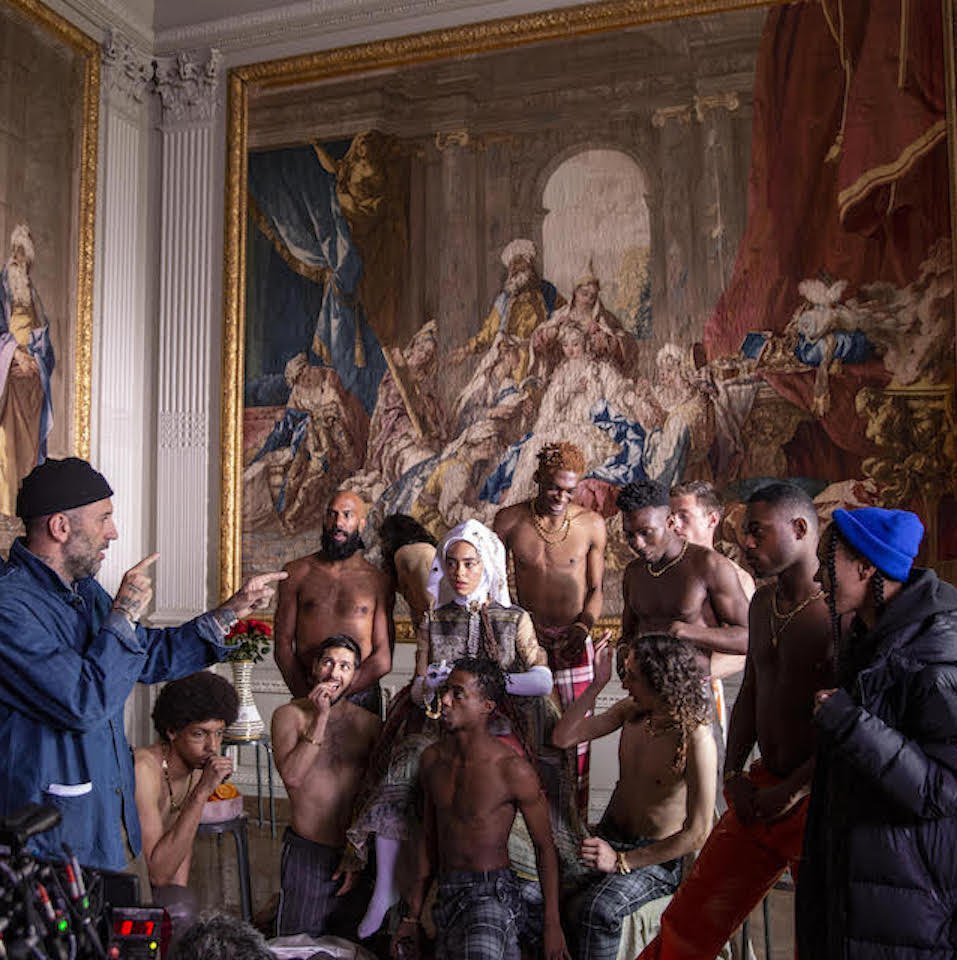

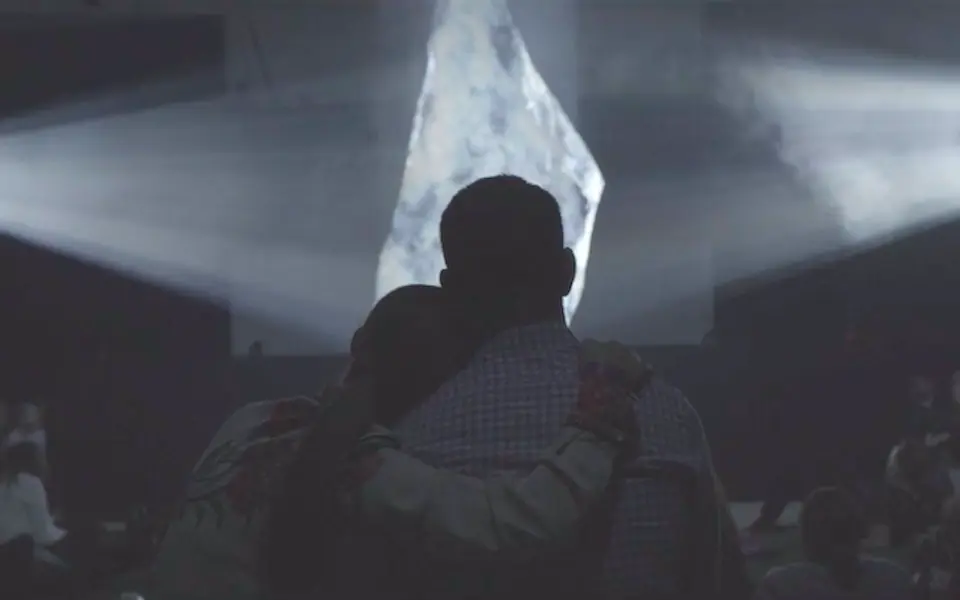
.png/_jcr_content/renditions/Karen%20O%20%2B%20Danger%20Mouse%20(photo%20by%20Eliot%20Lee%20Hazel).webp)


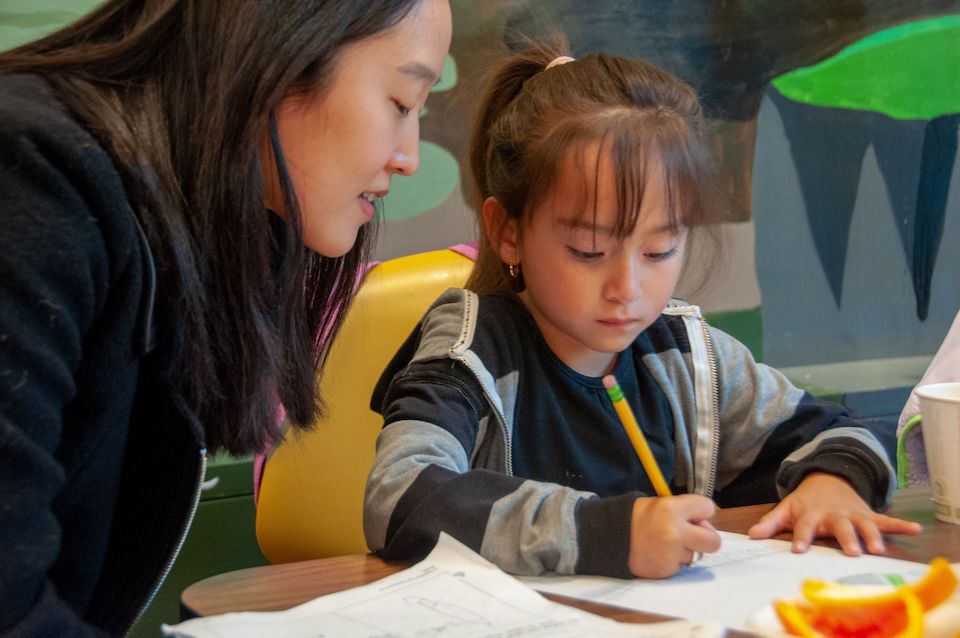


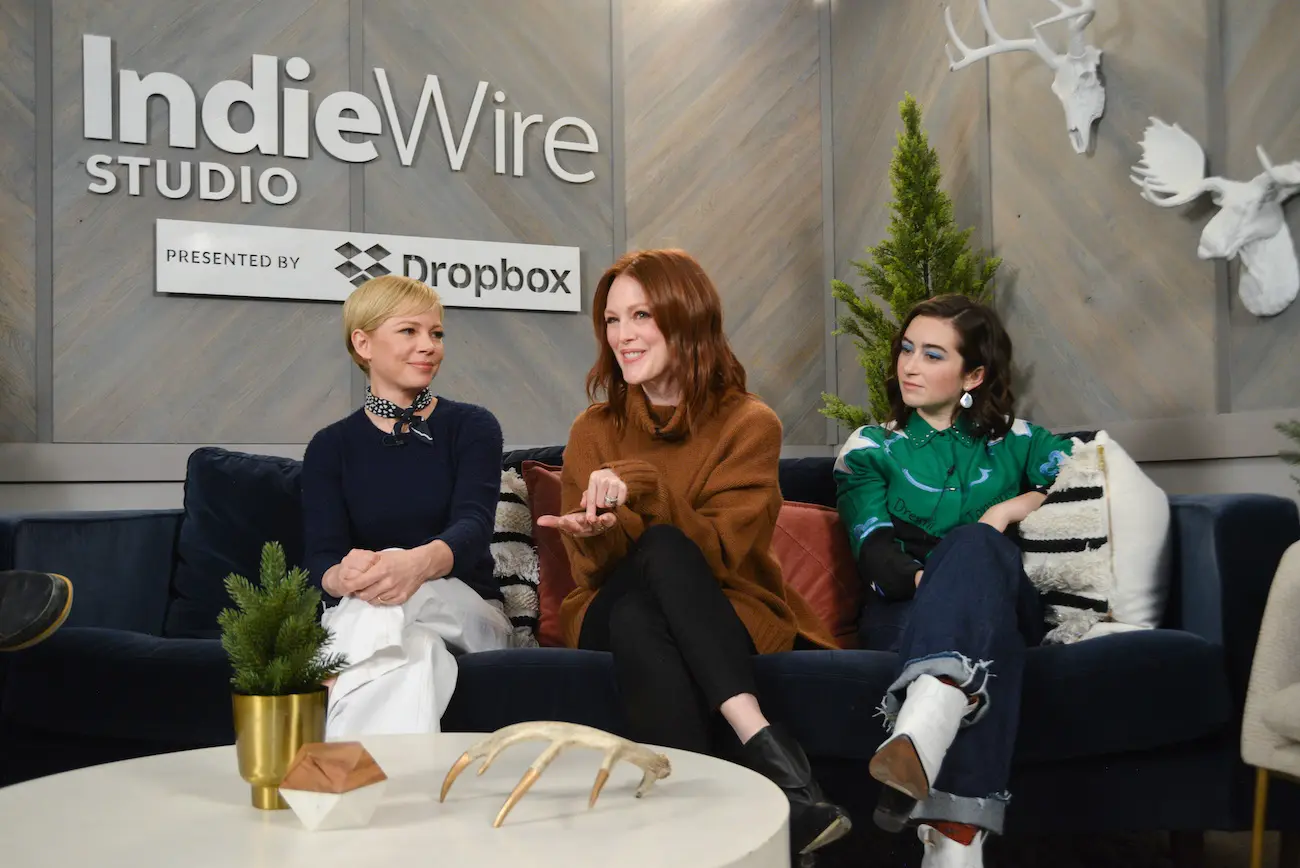


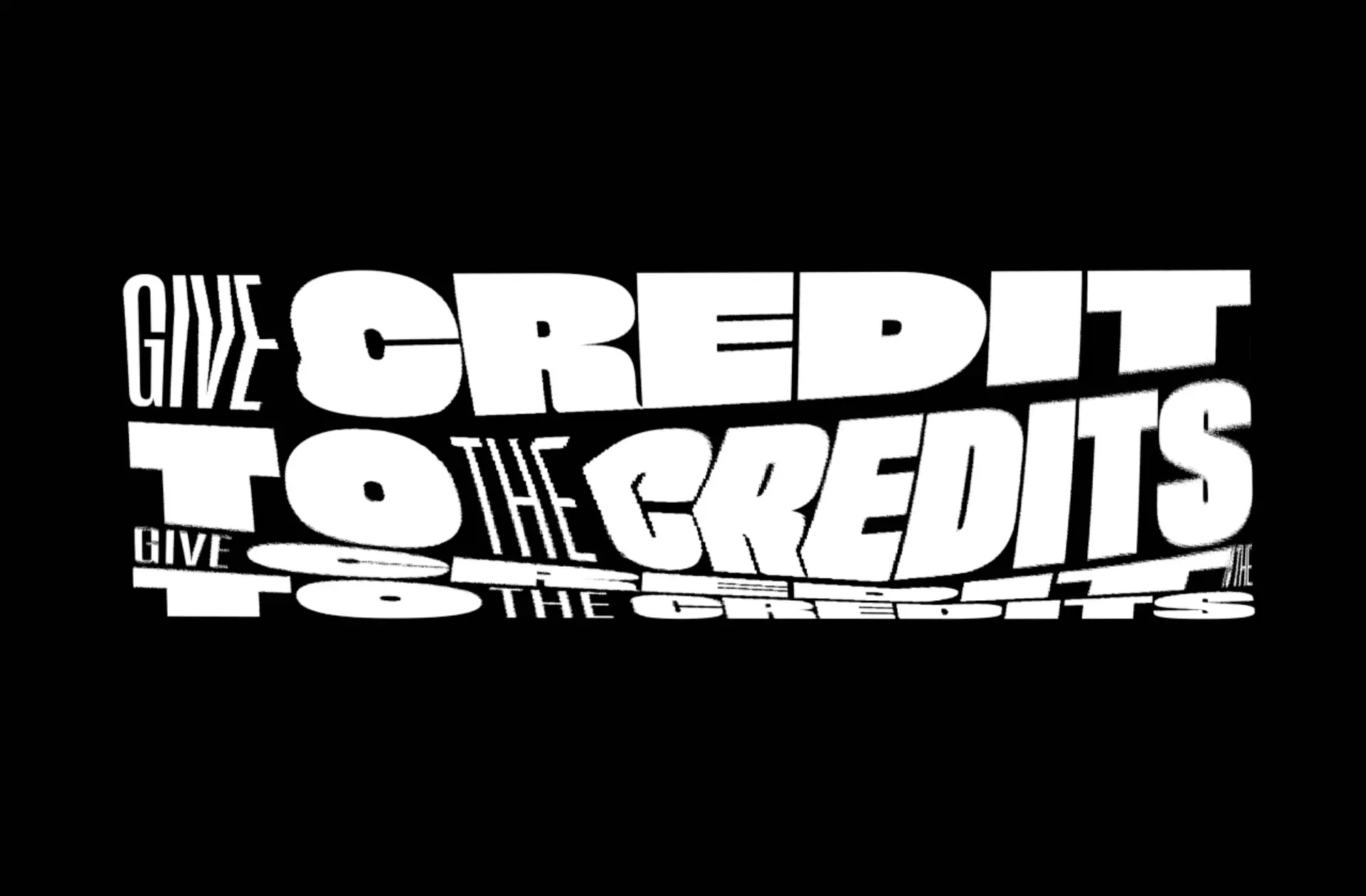
.jpg/_jcr_content/renditions/Extremely%20Wicked%20Shockingly%20Evil%20and%20Vile_Sundance19_Director%20Joe%20Berlinger%20(3).webp)

.jpg/_jcr_content/renditions/Bedlam%2014%20(1).webp)
